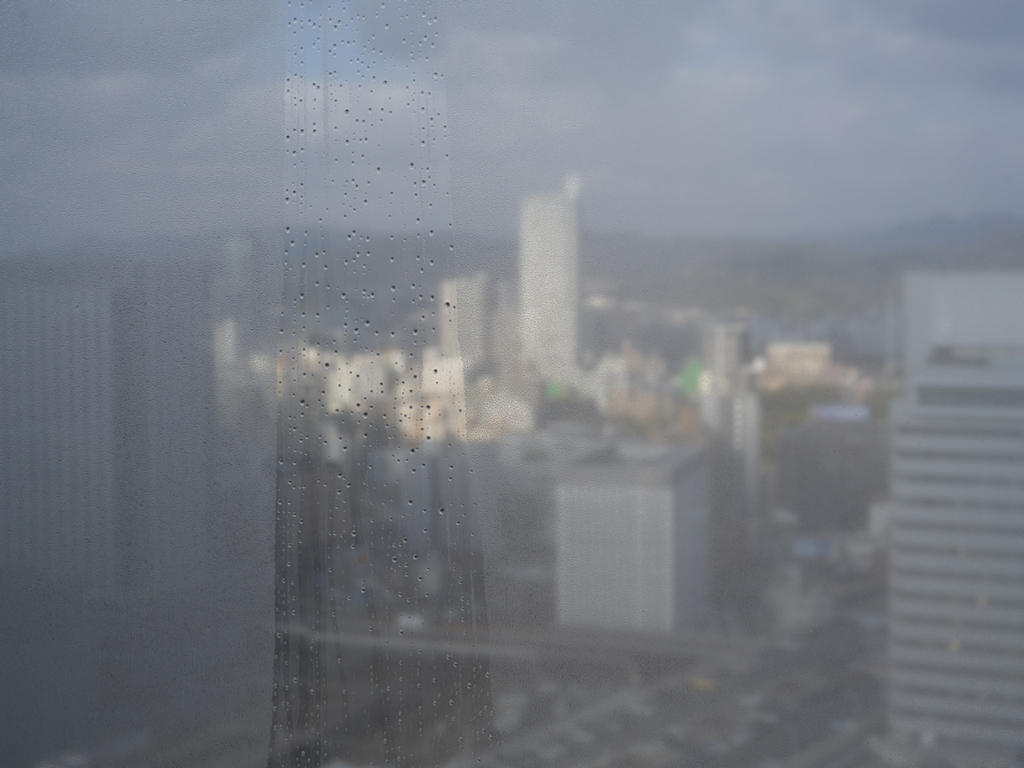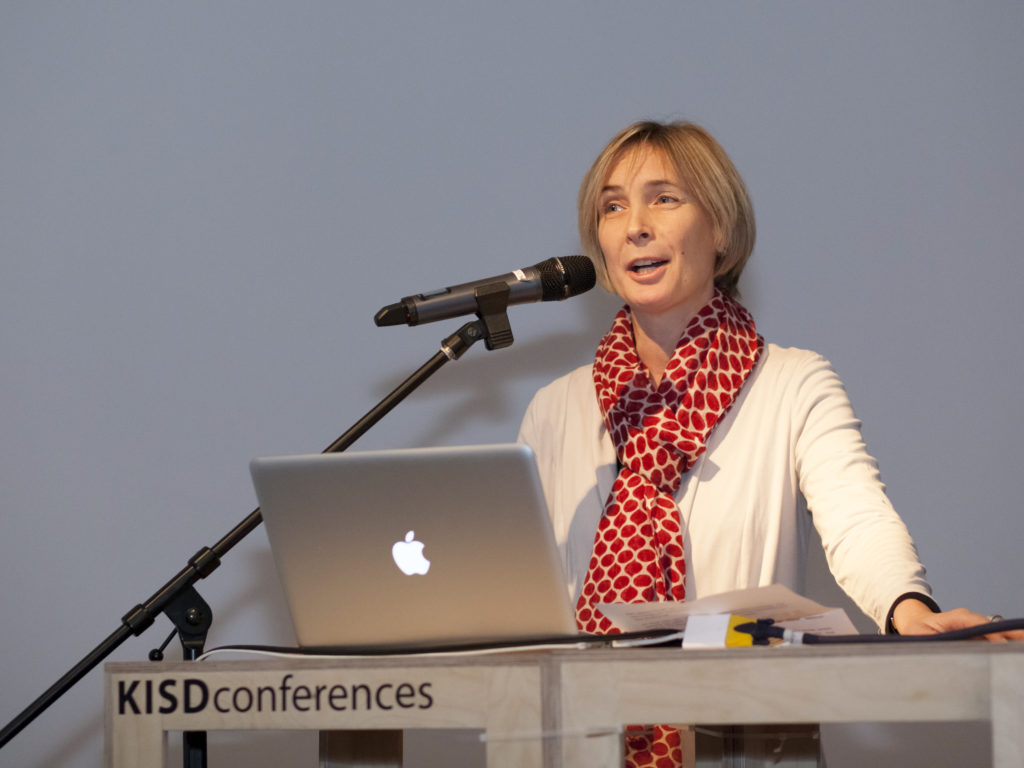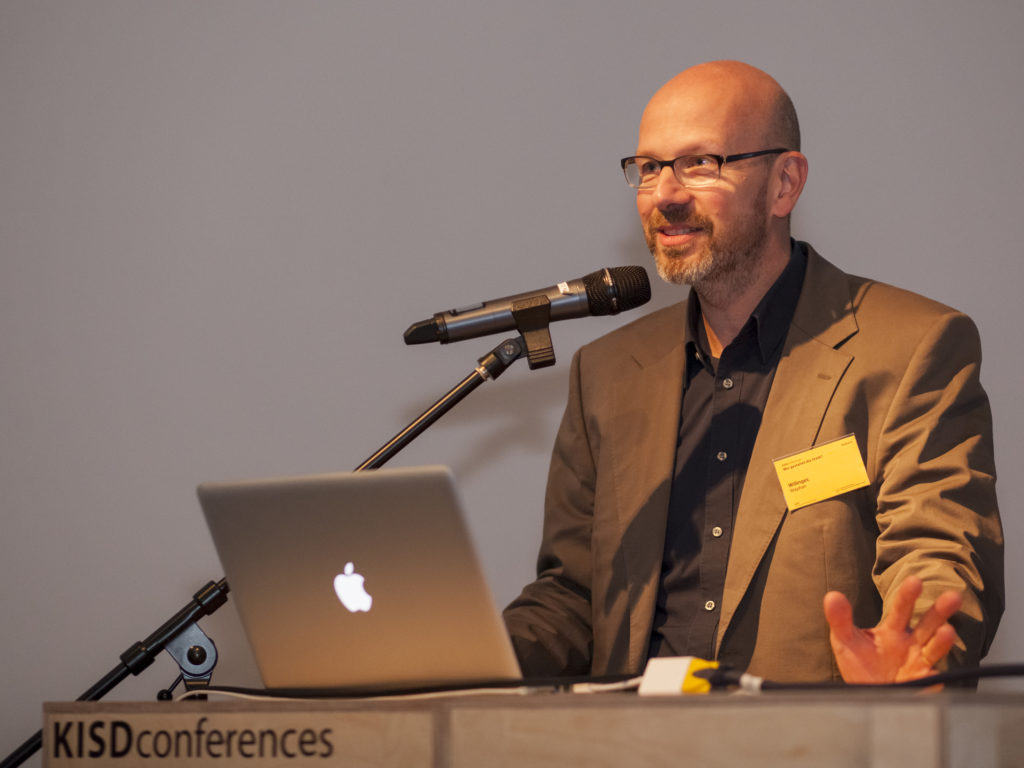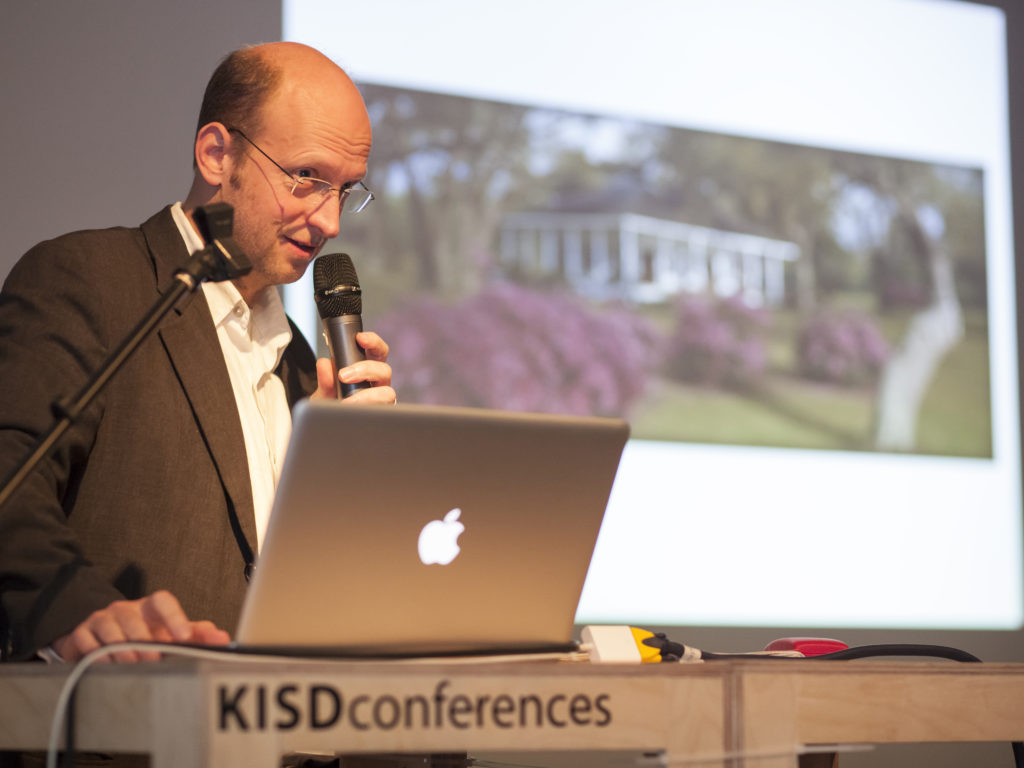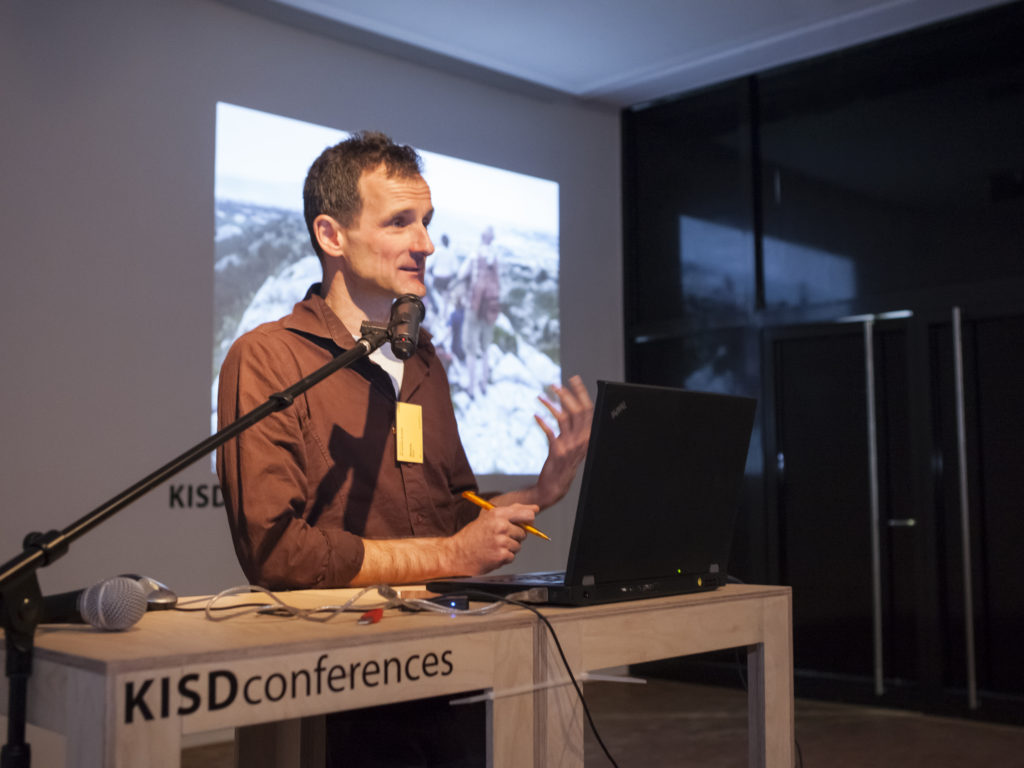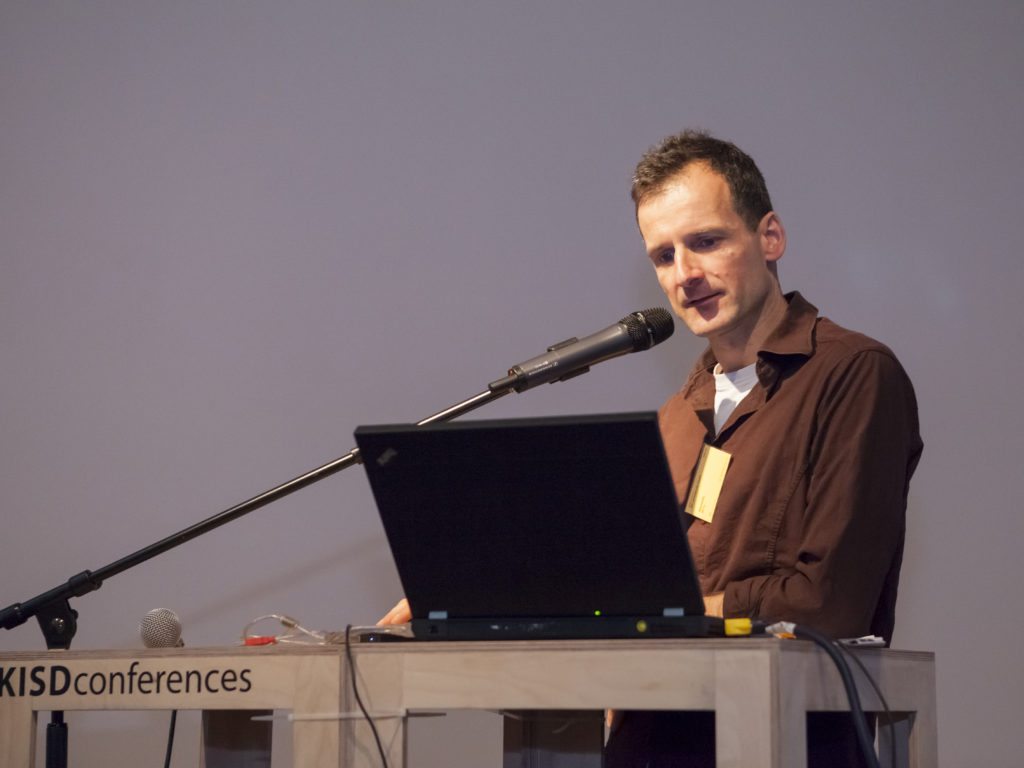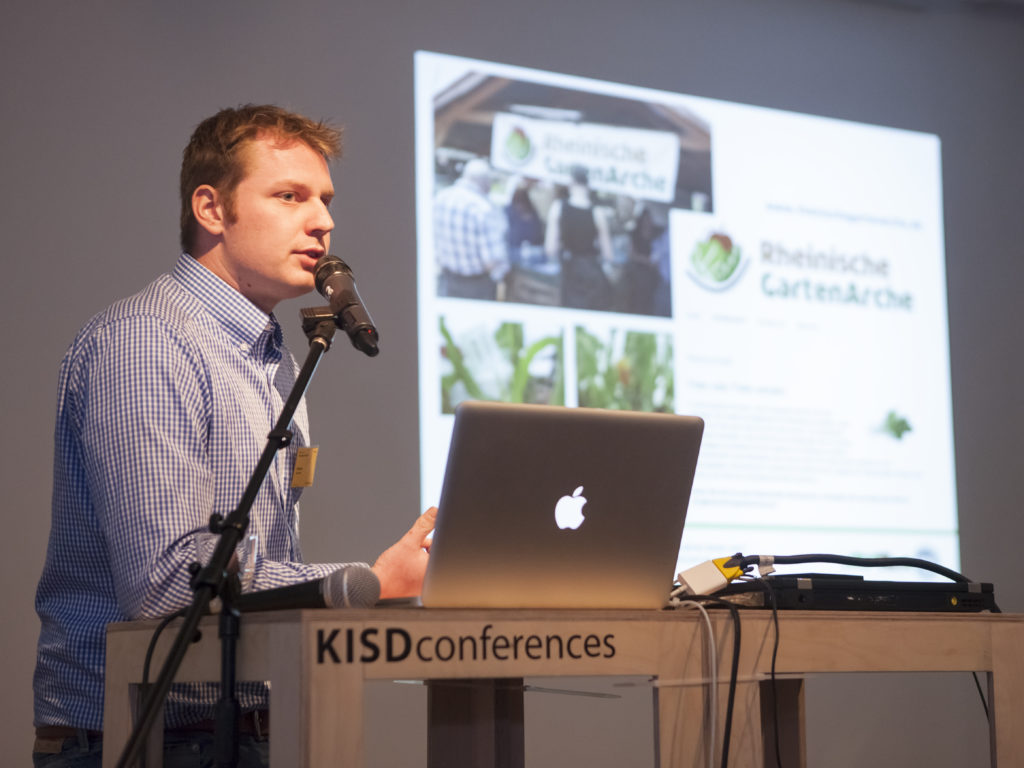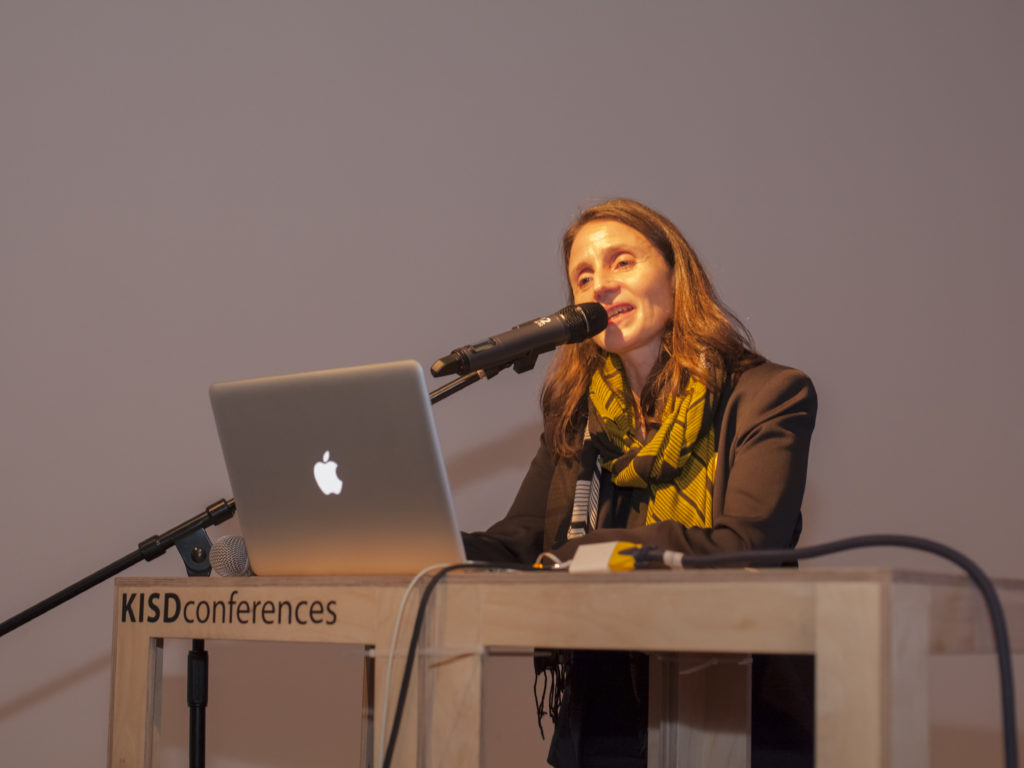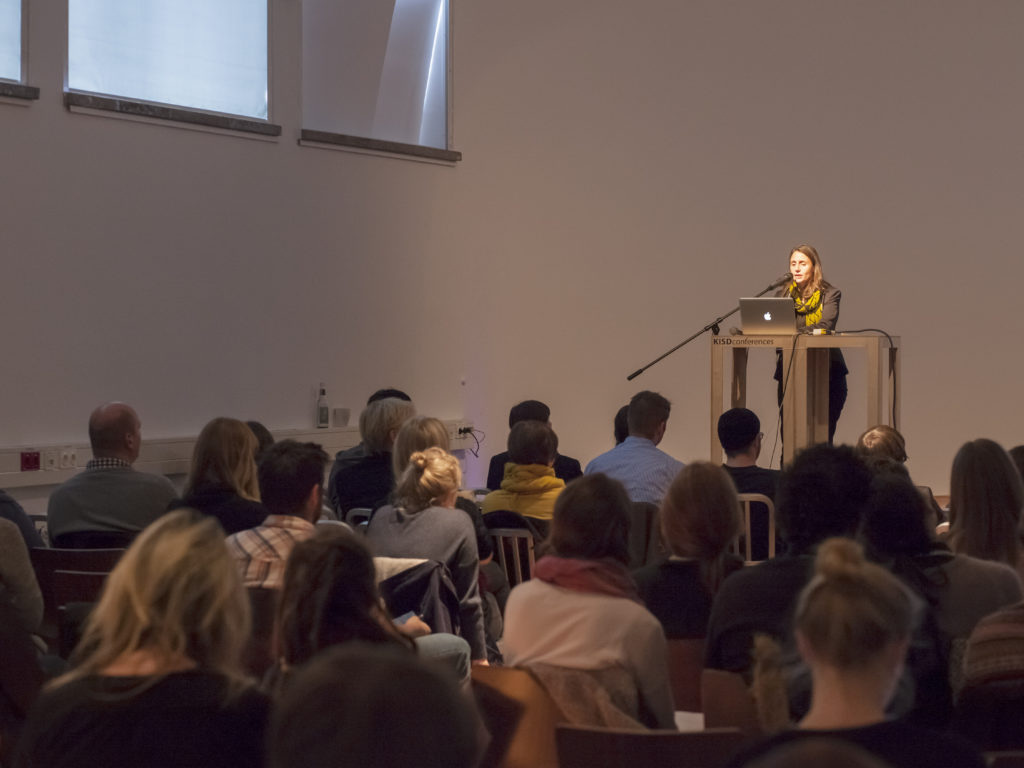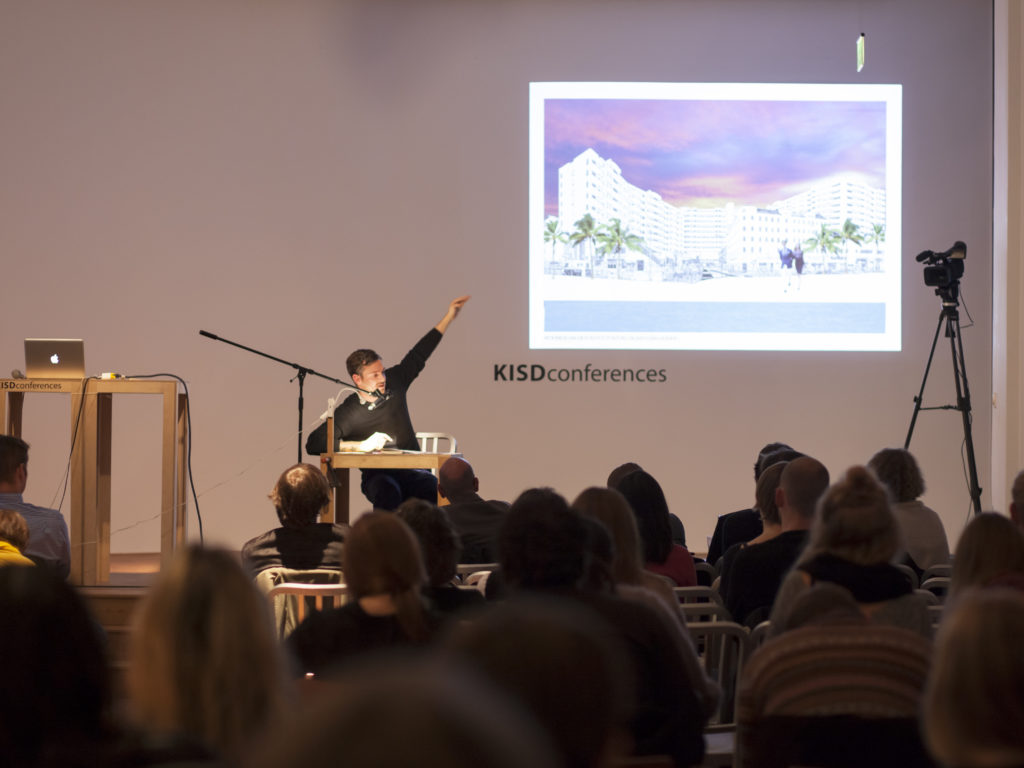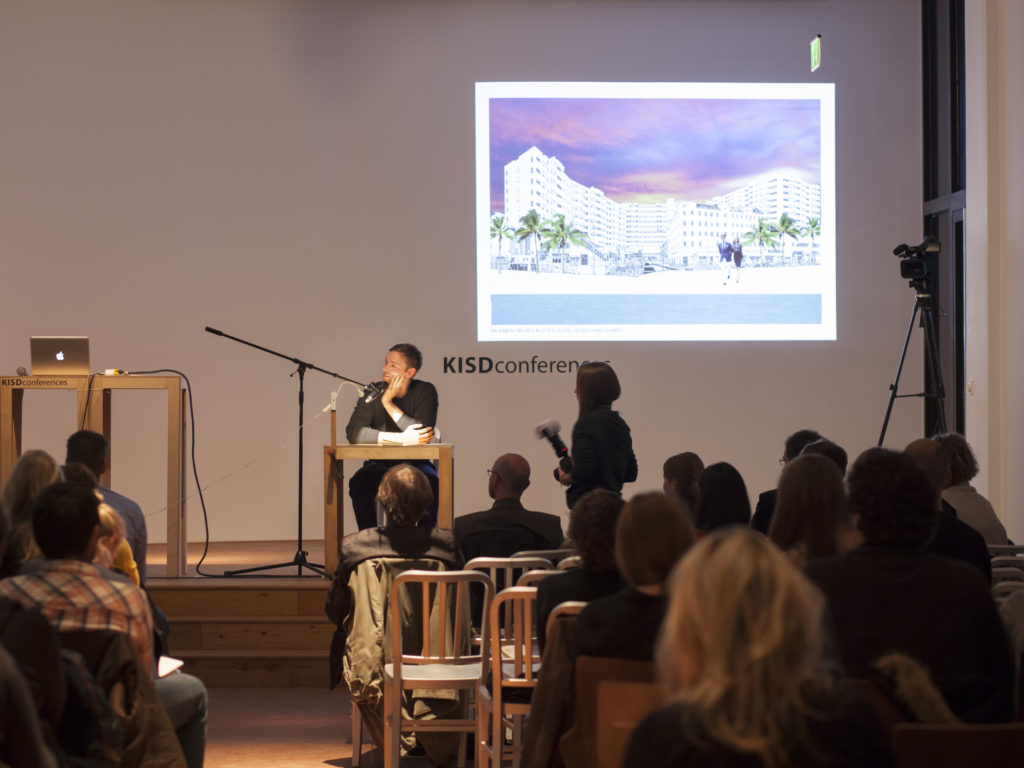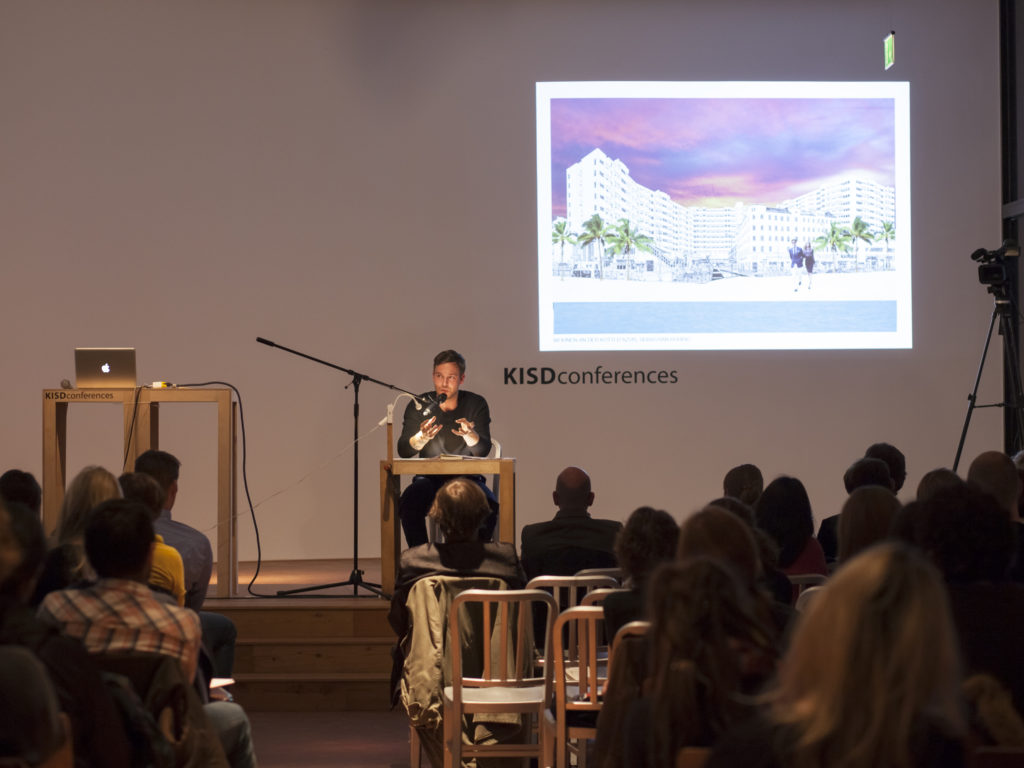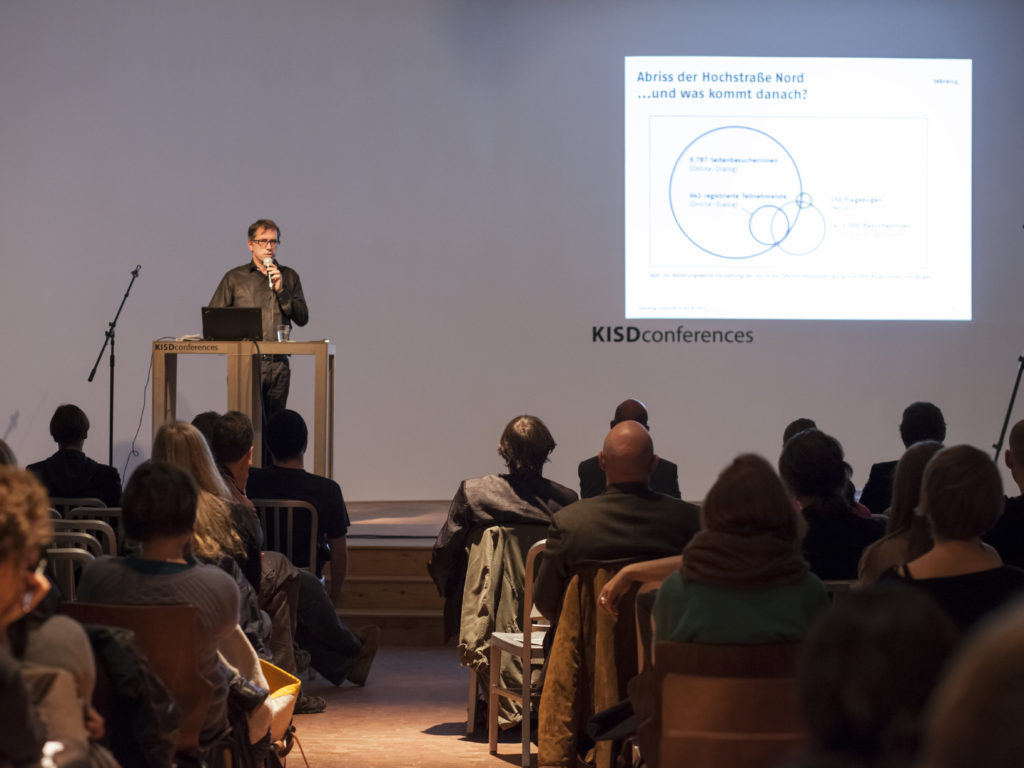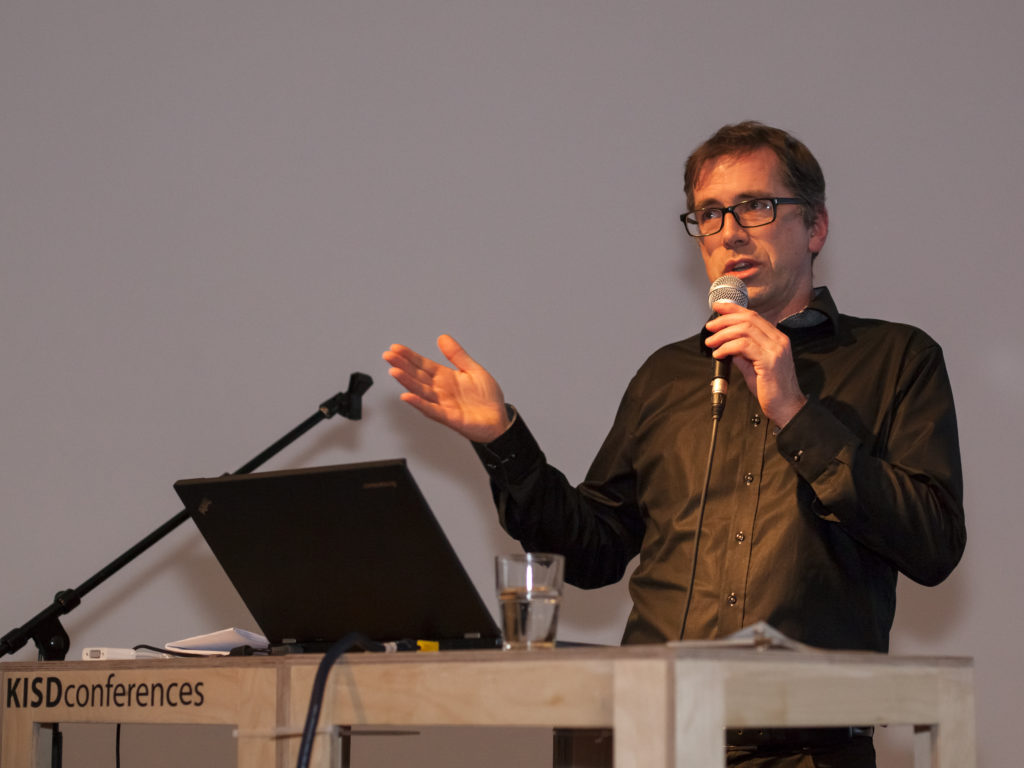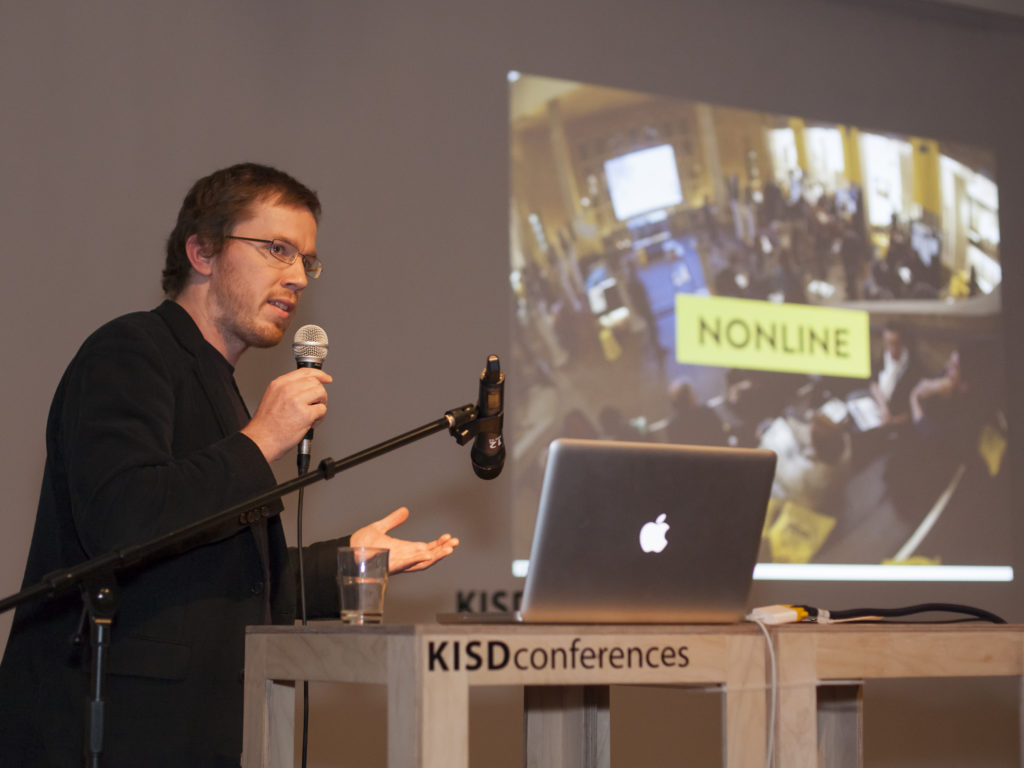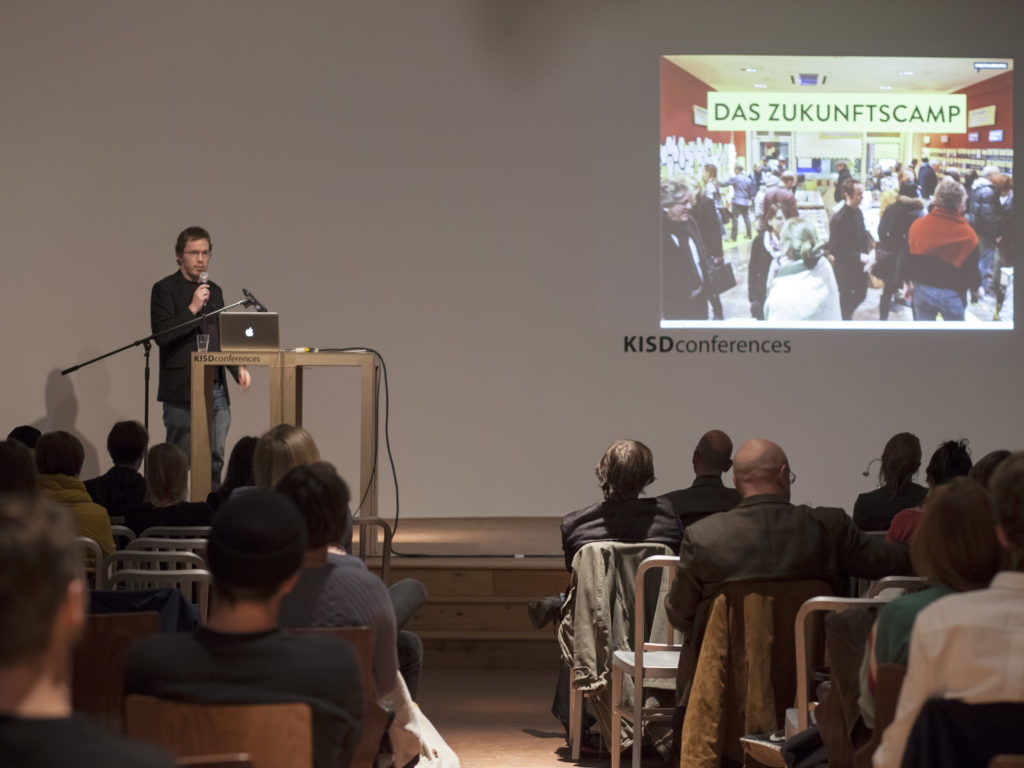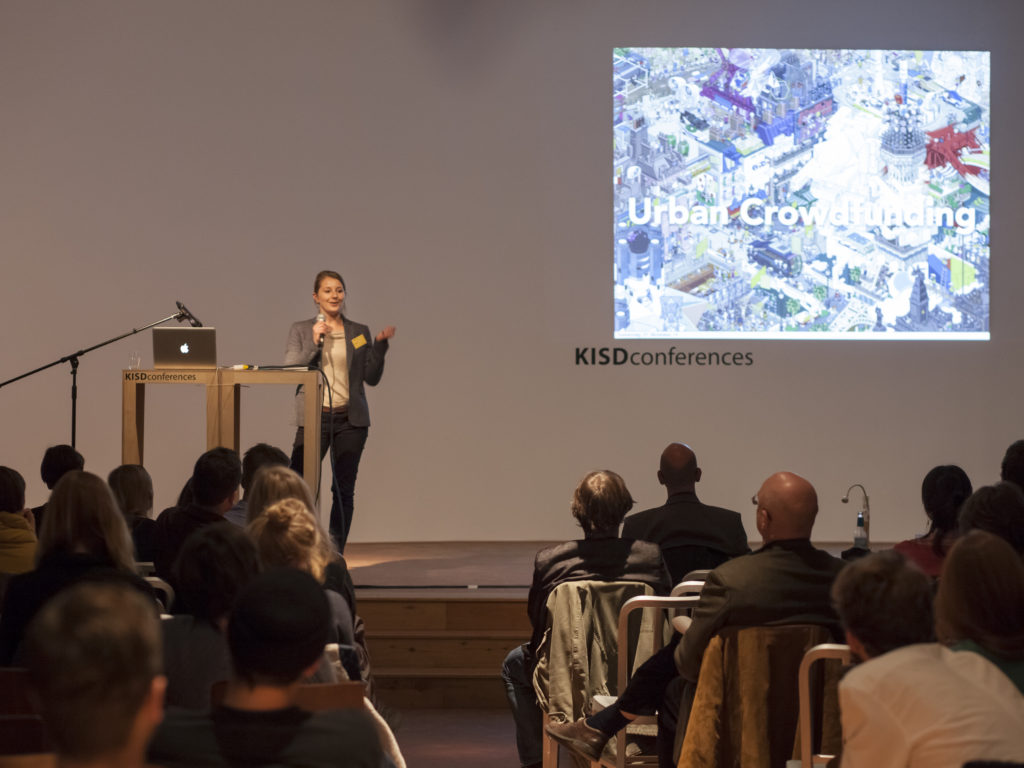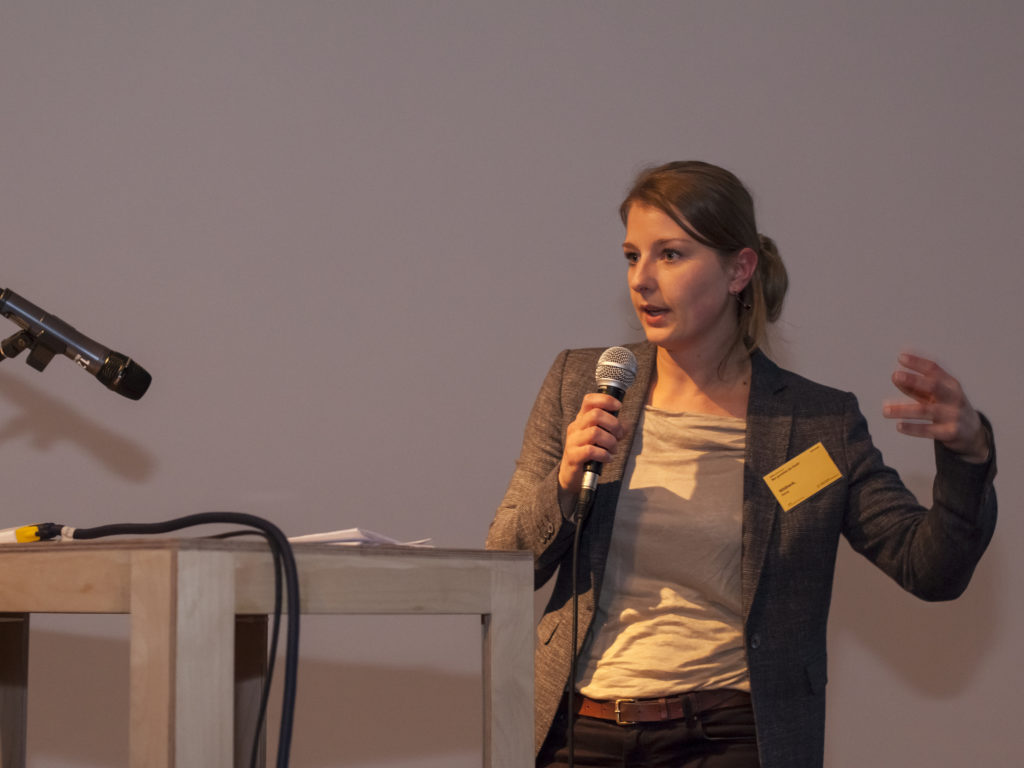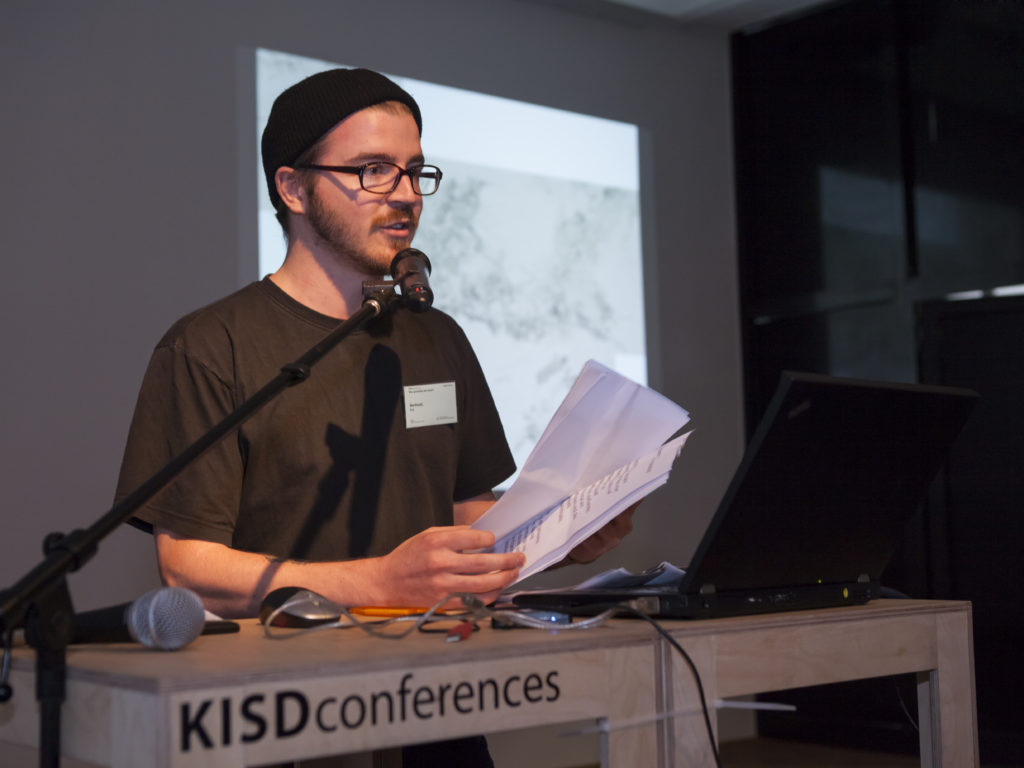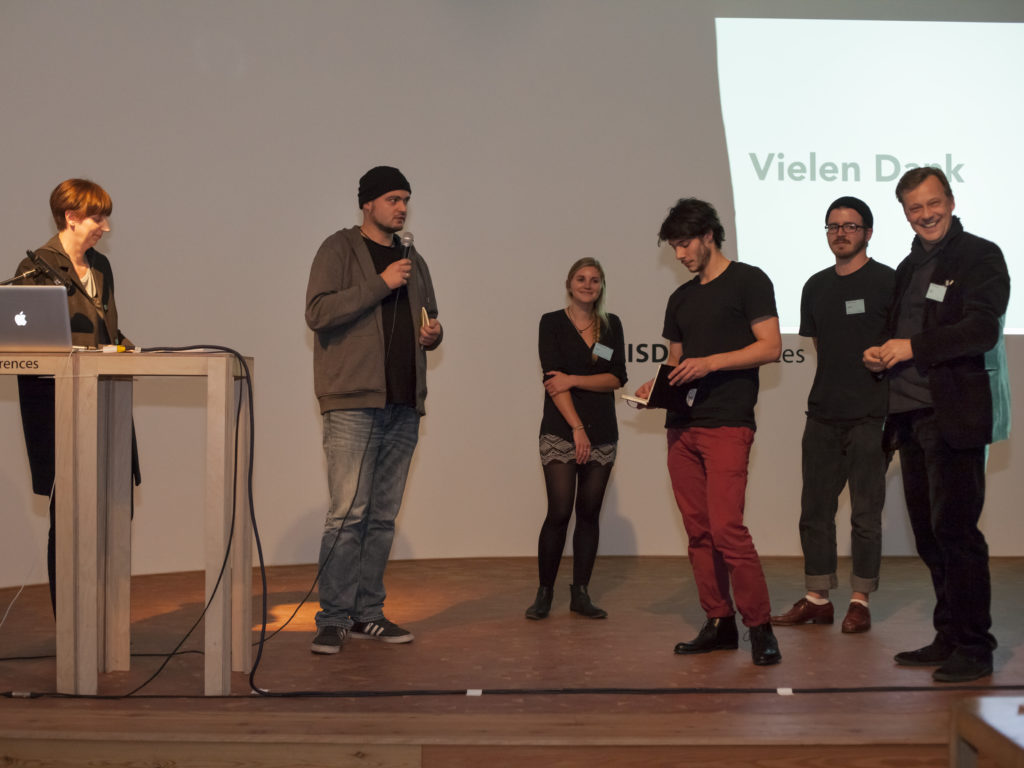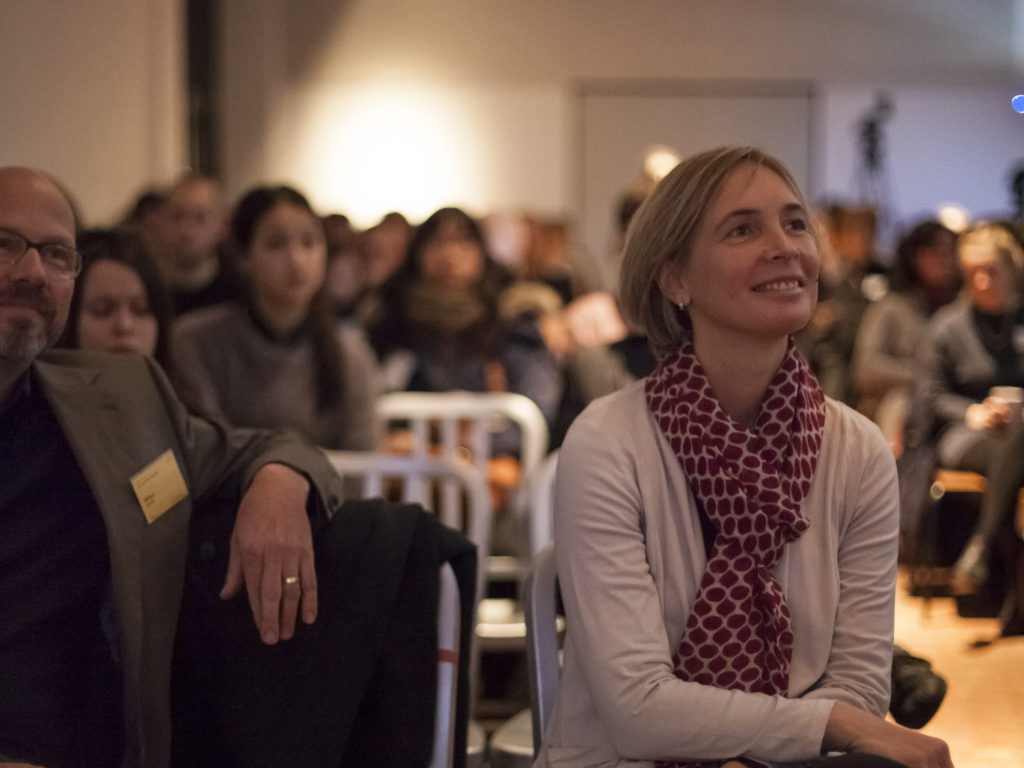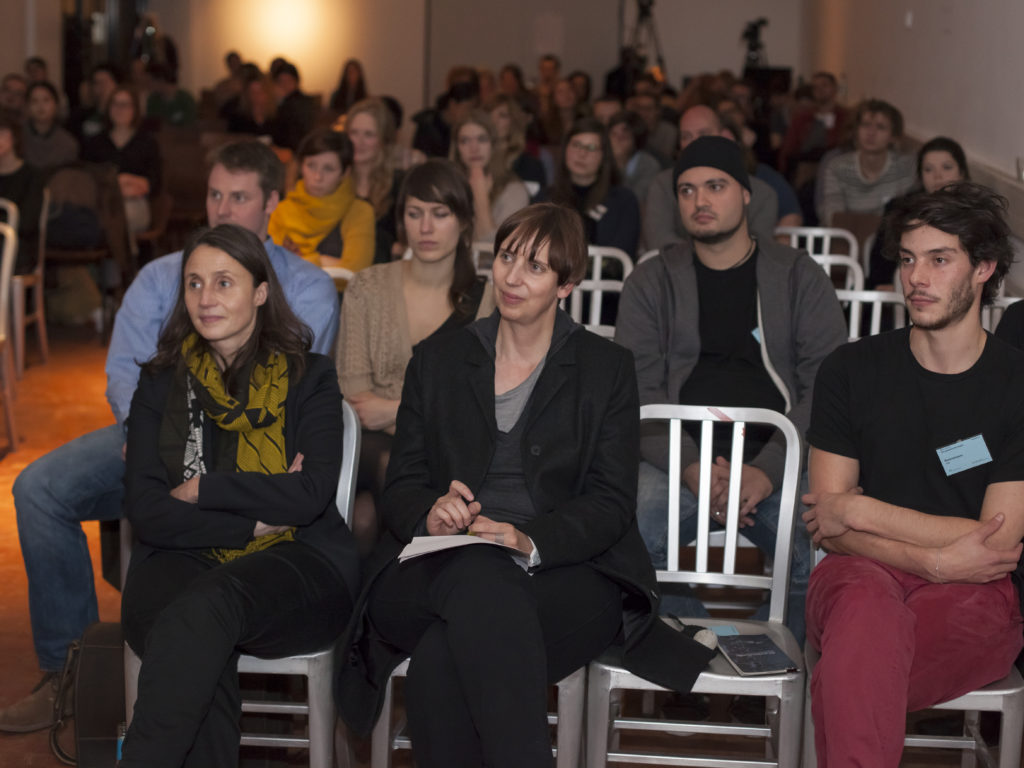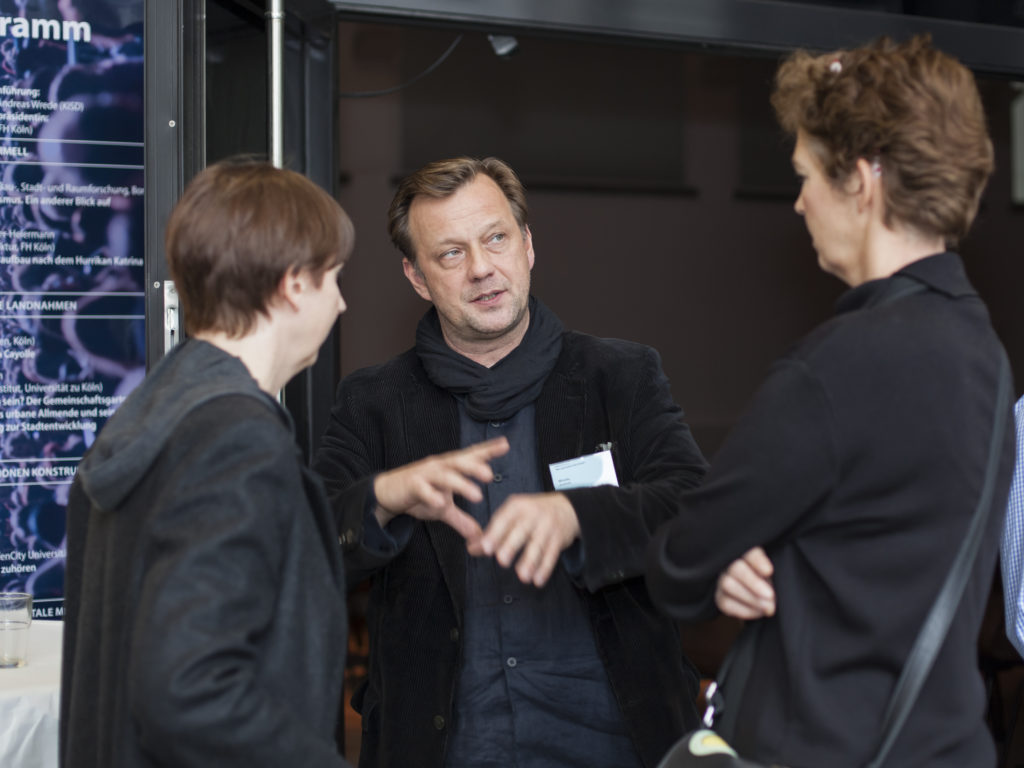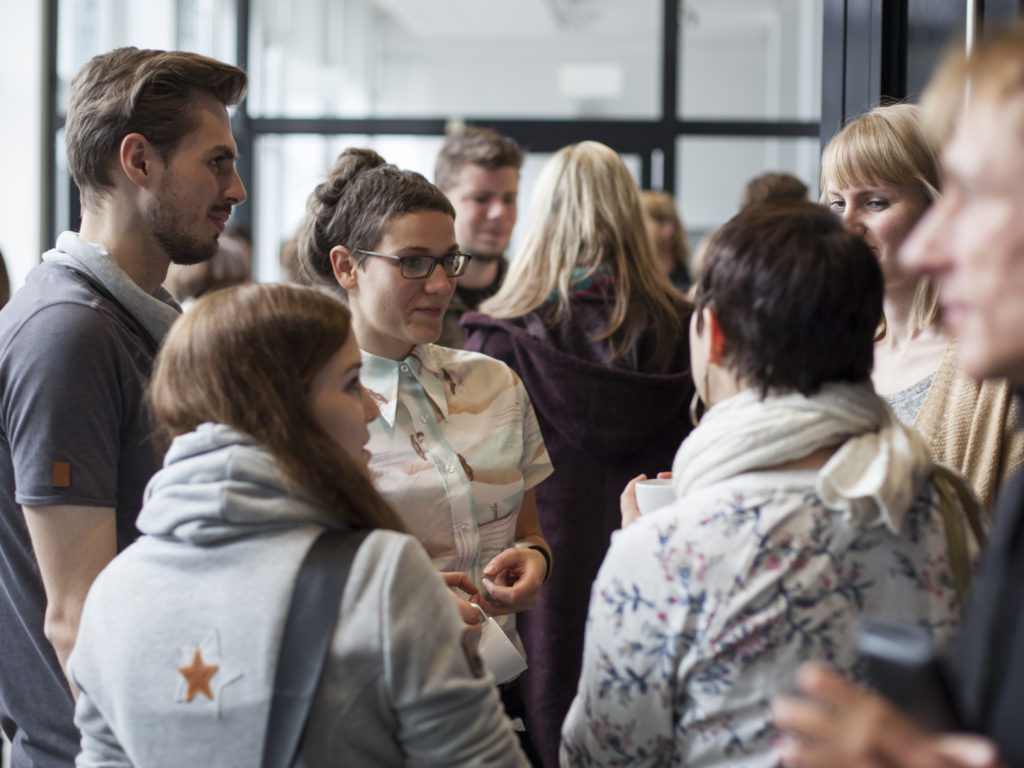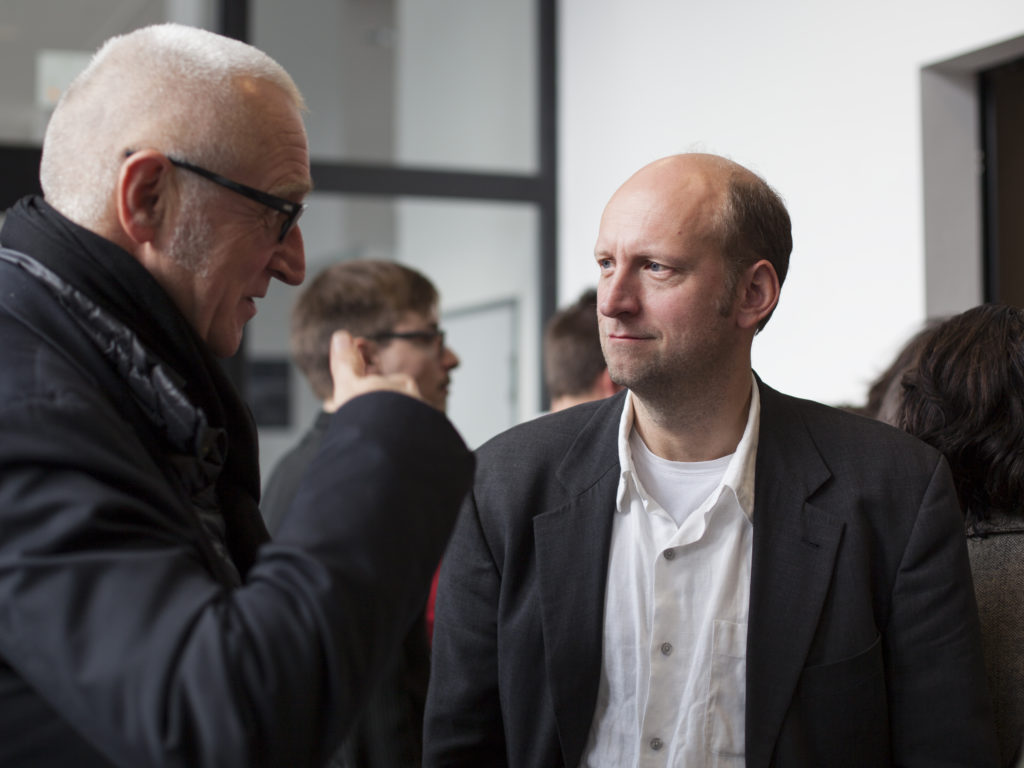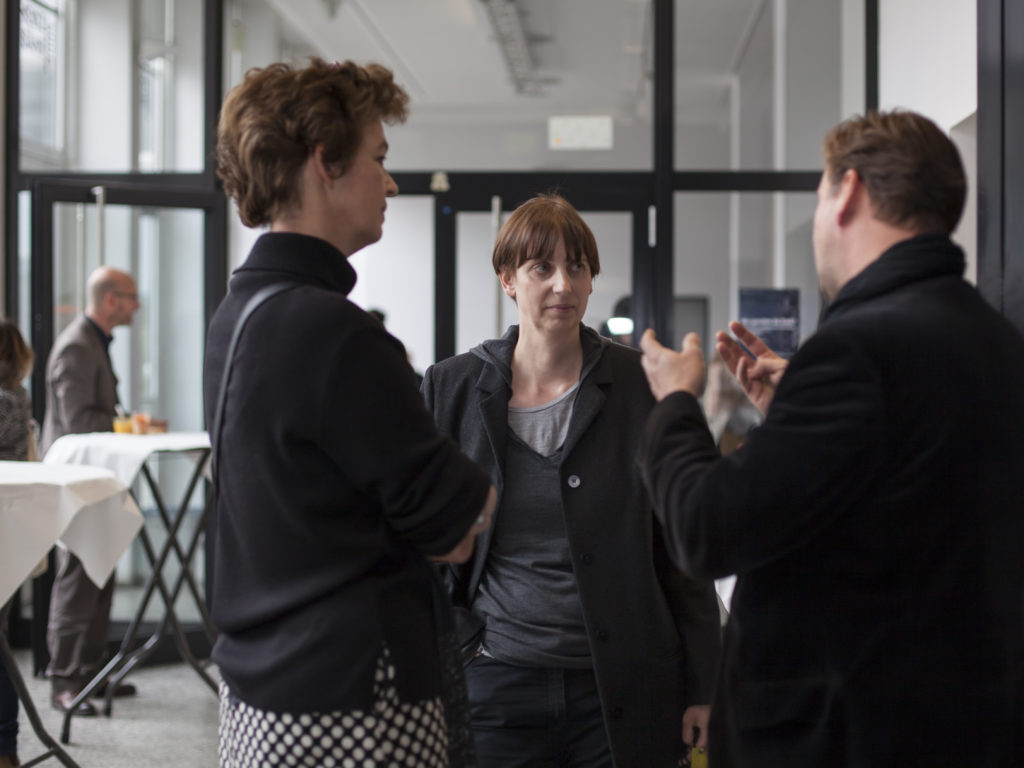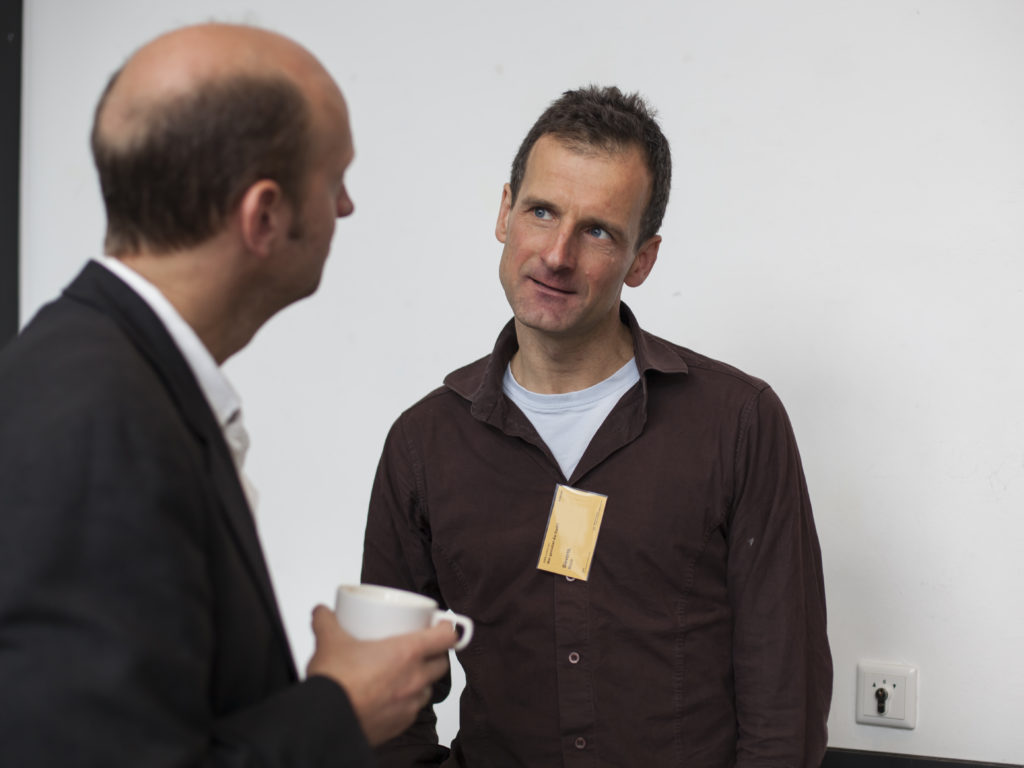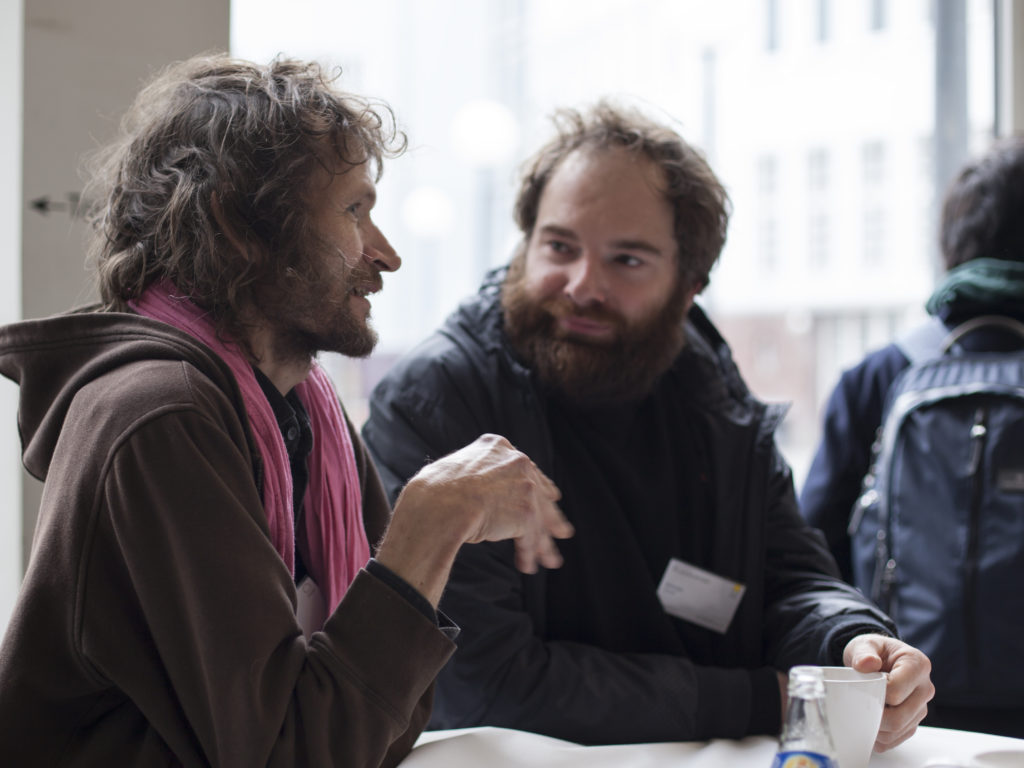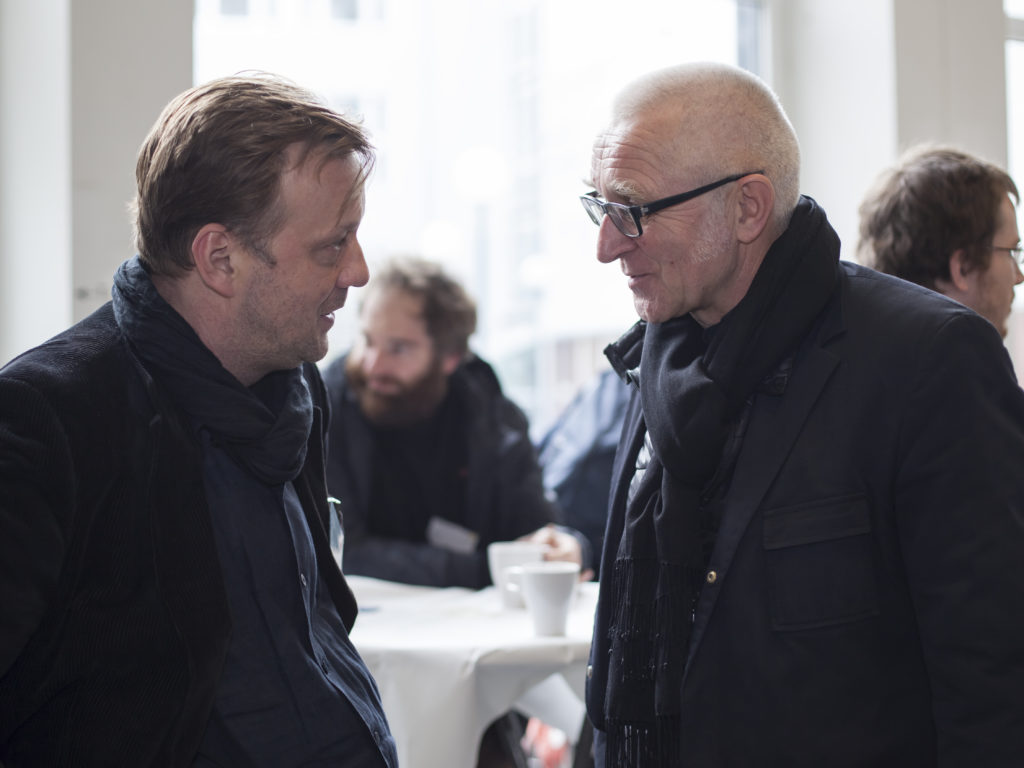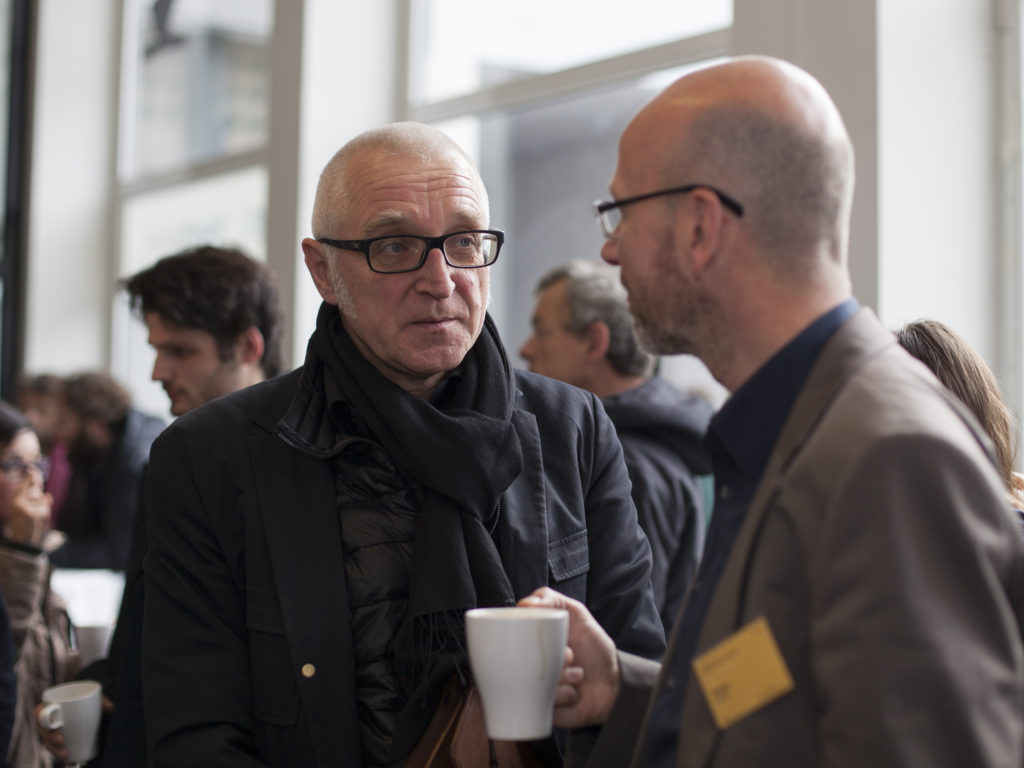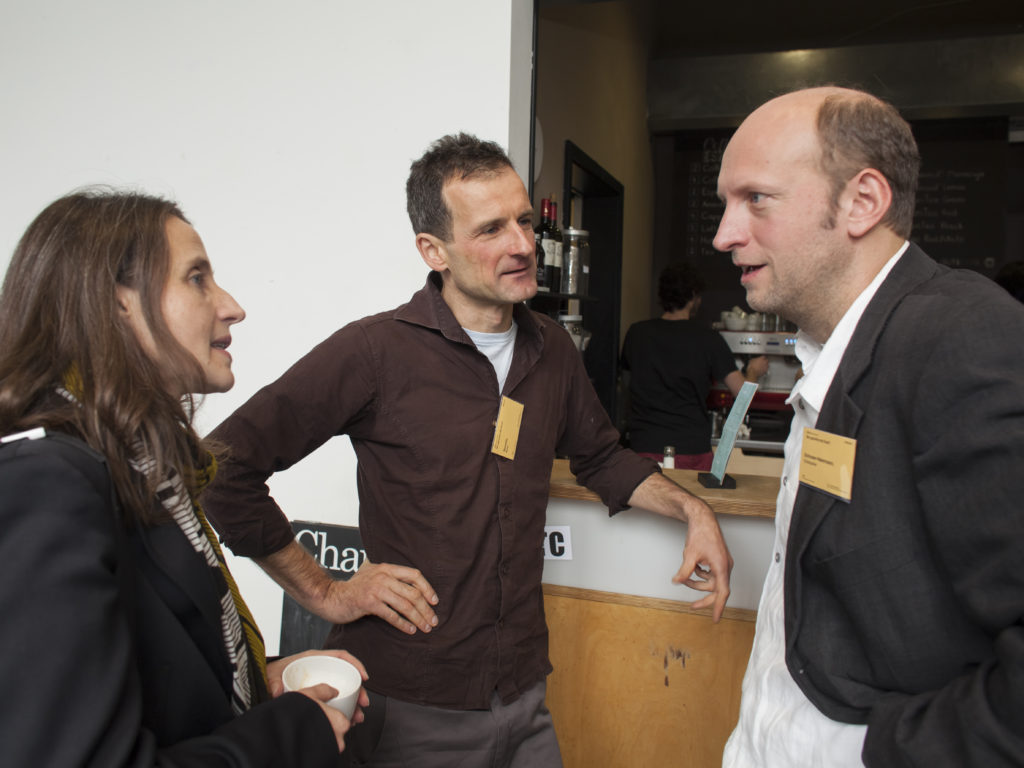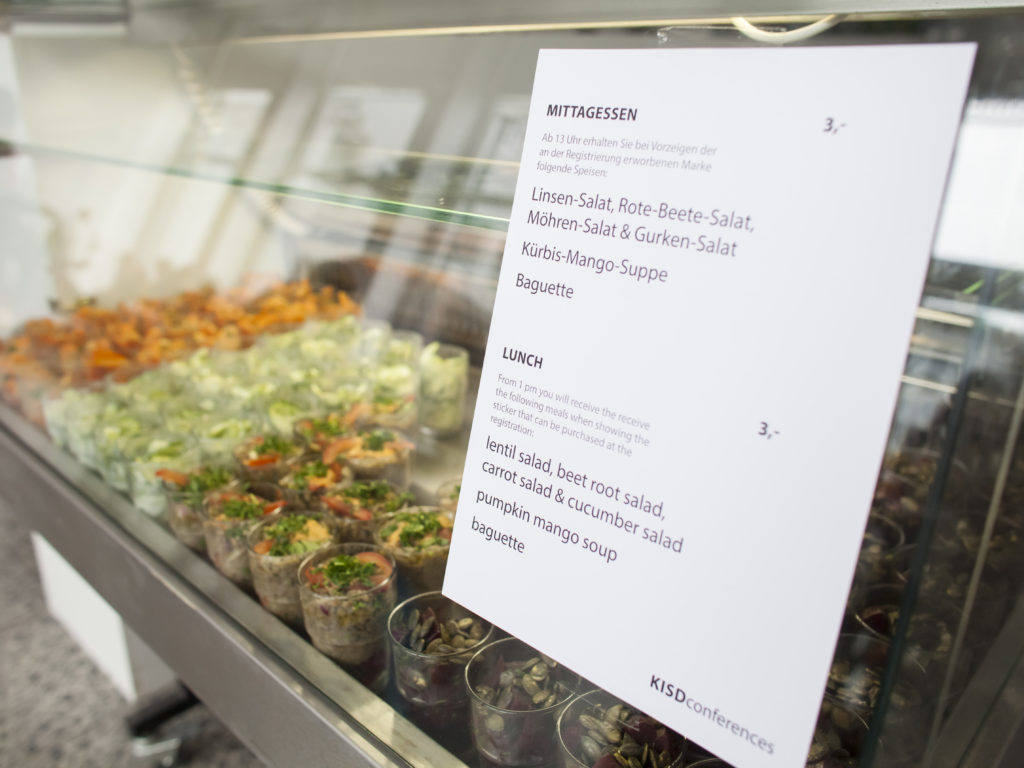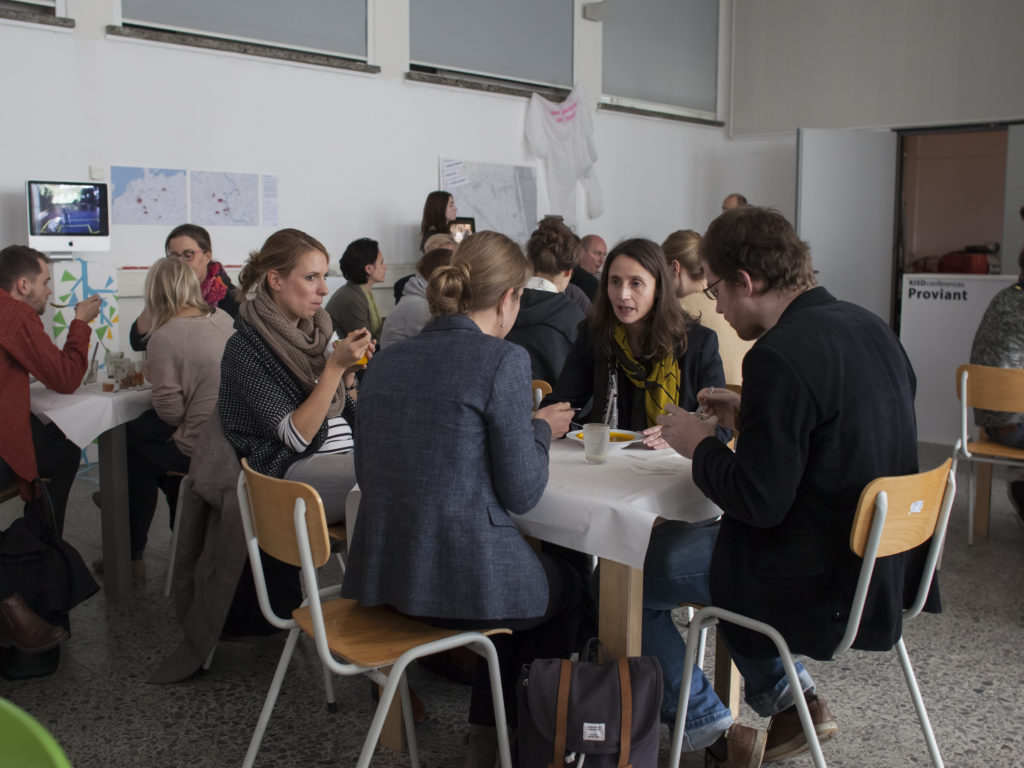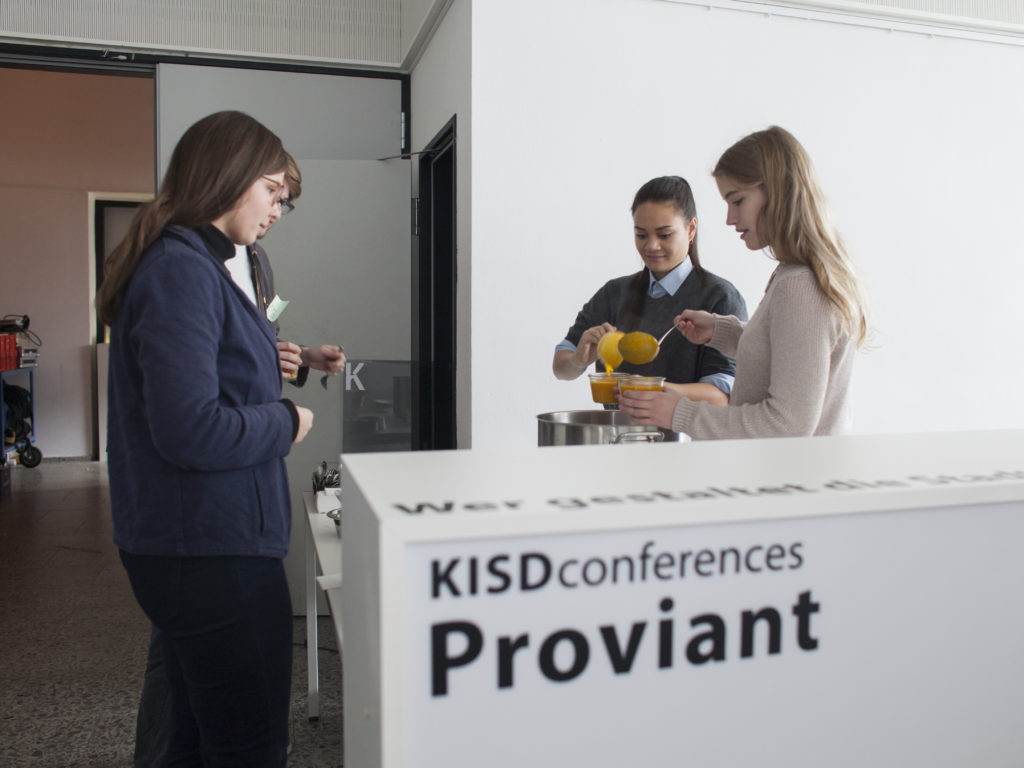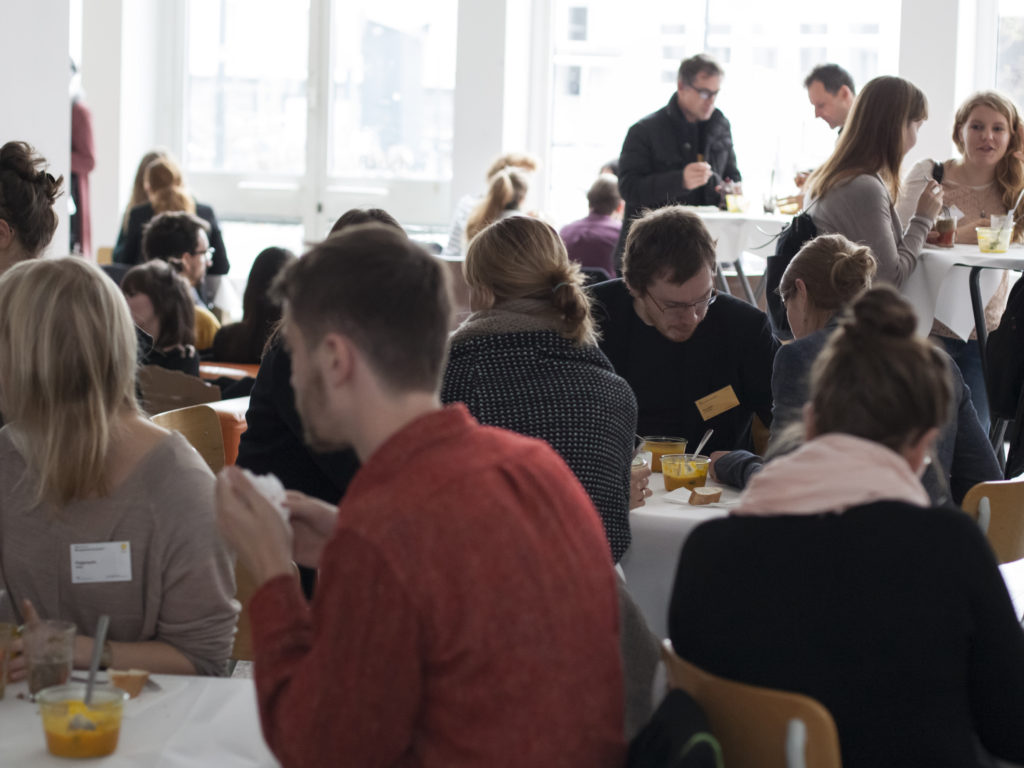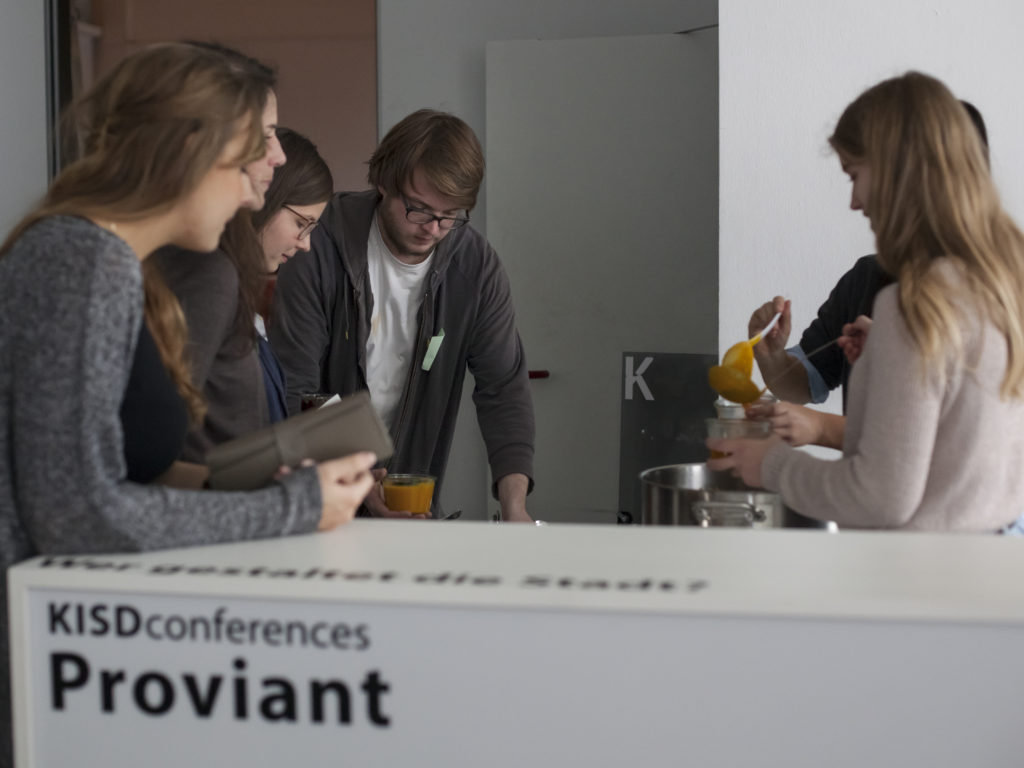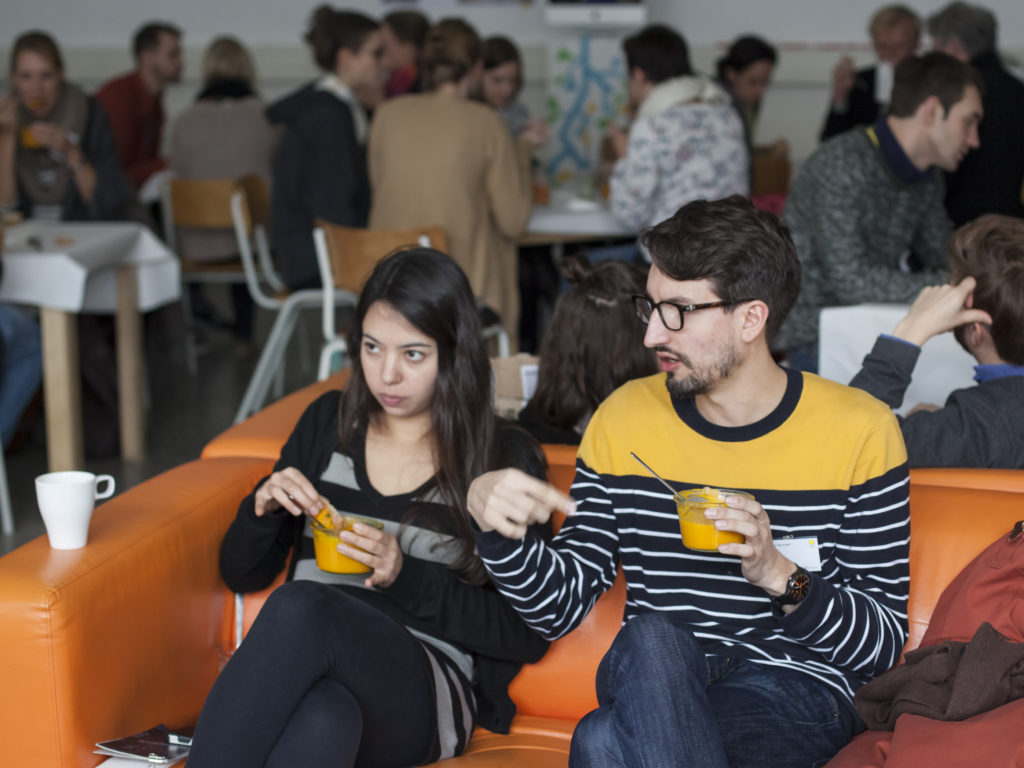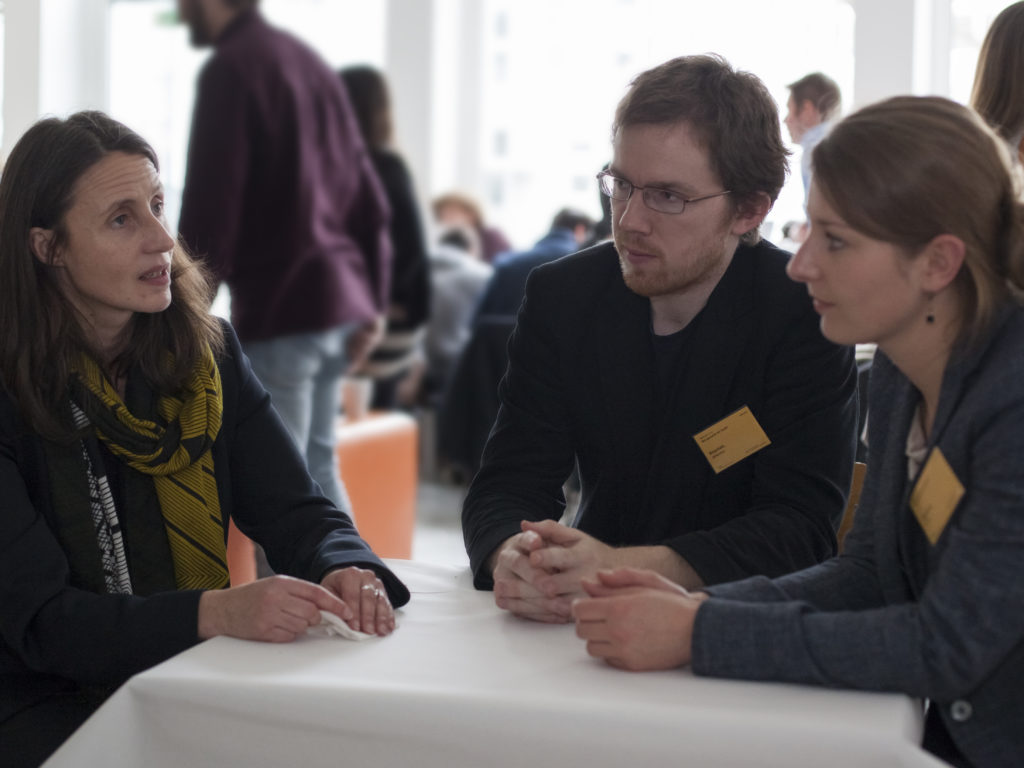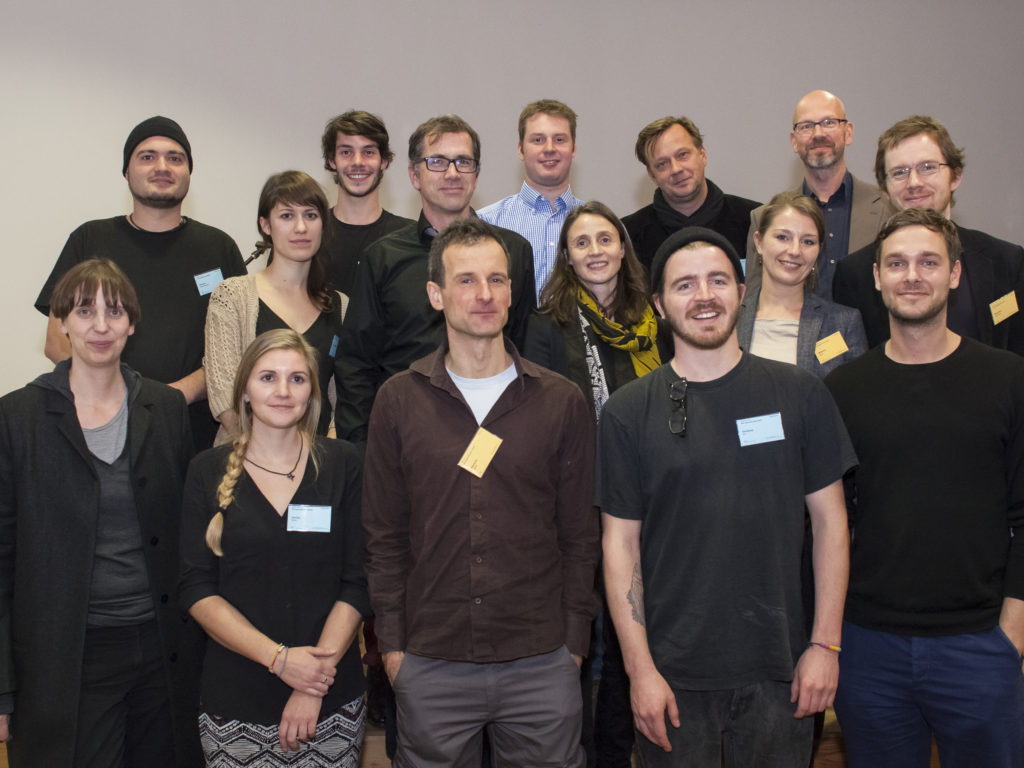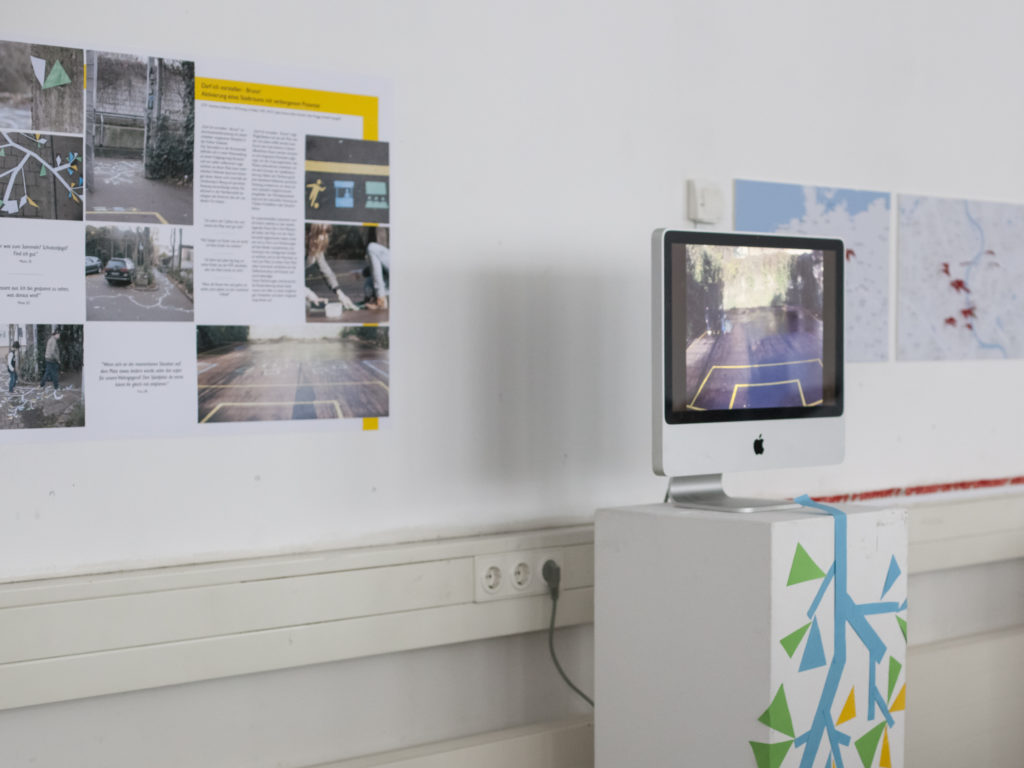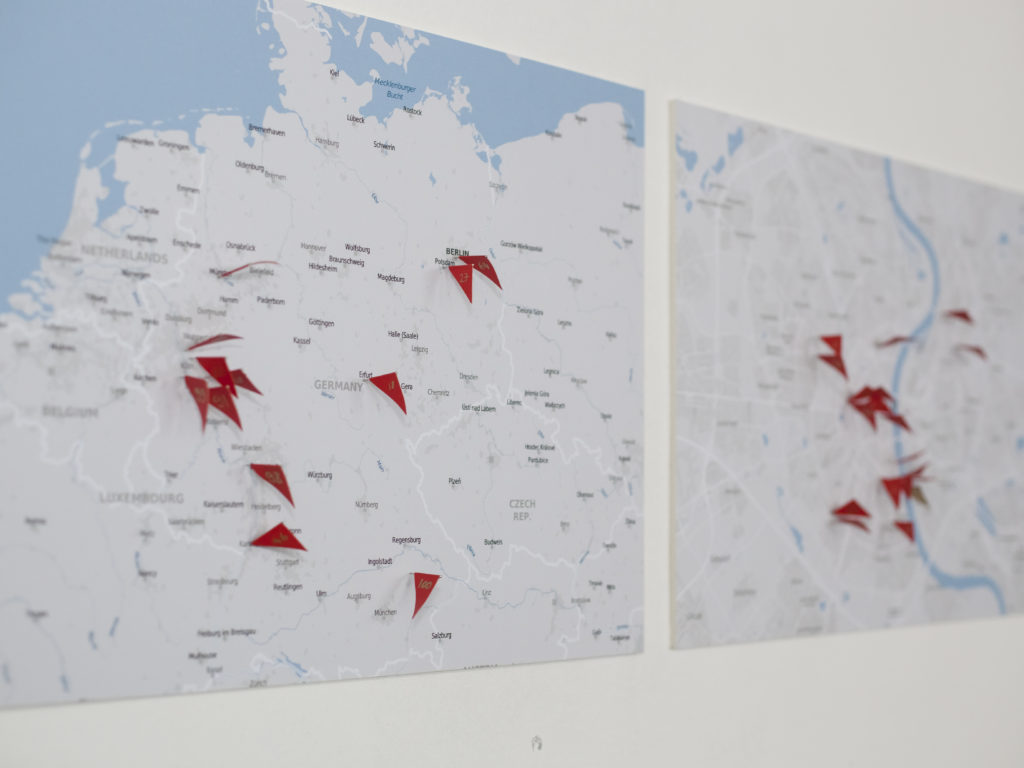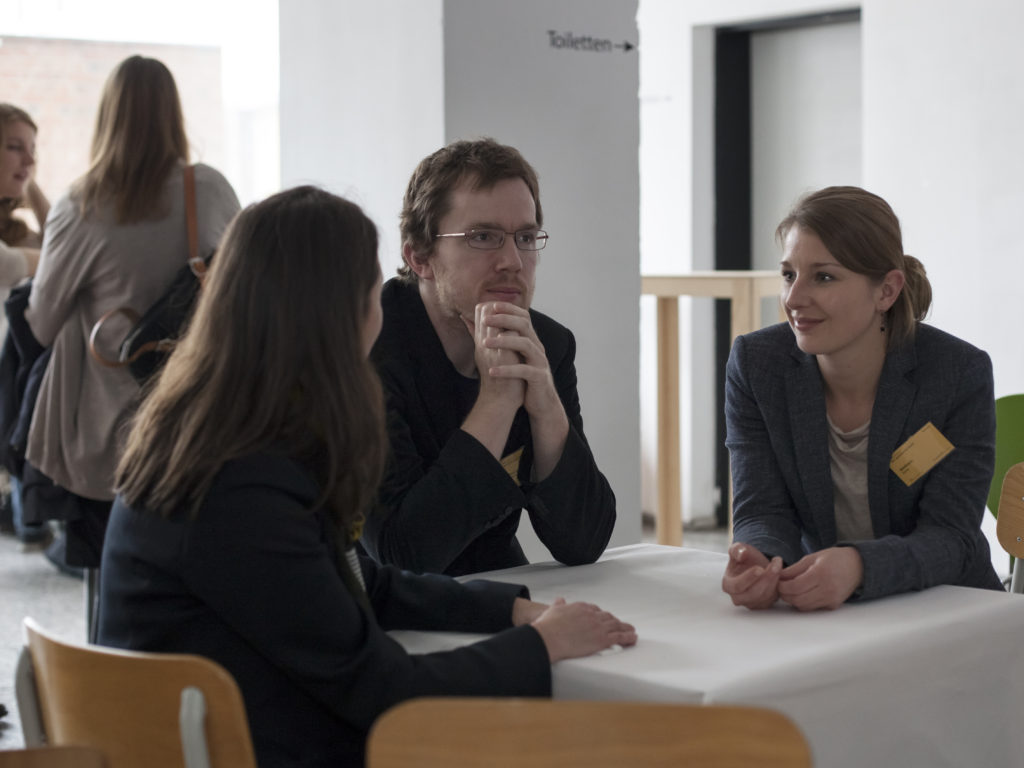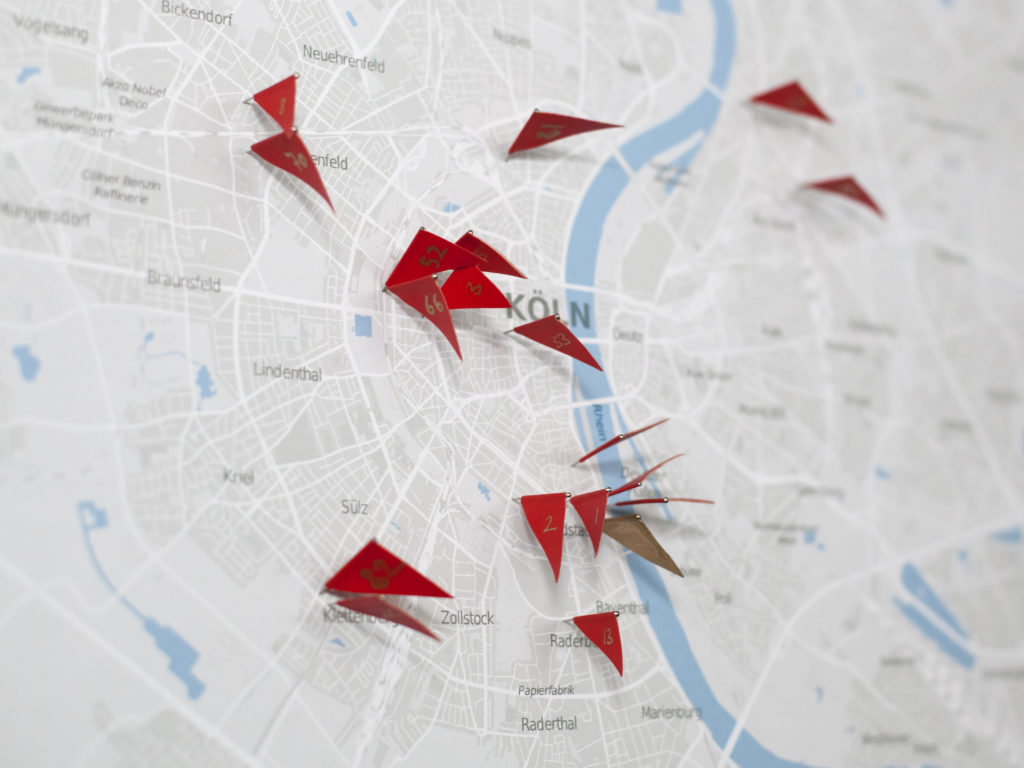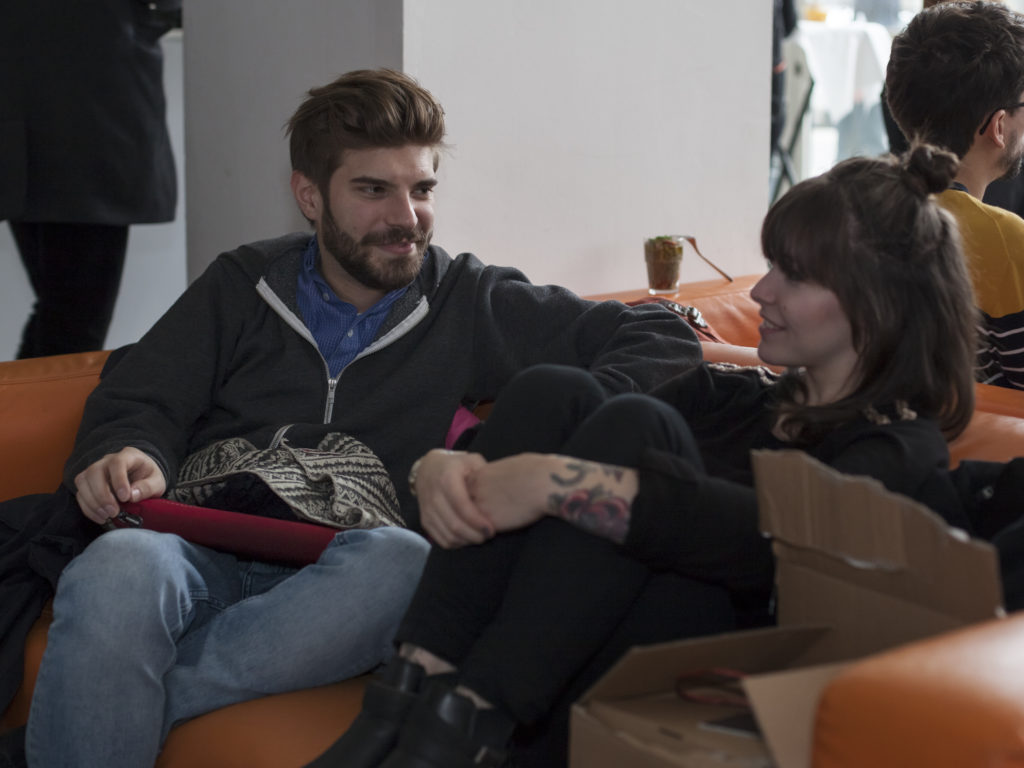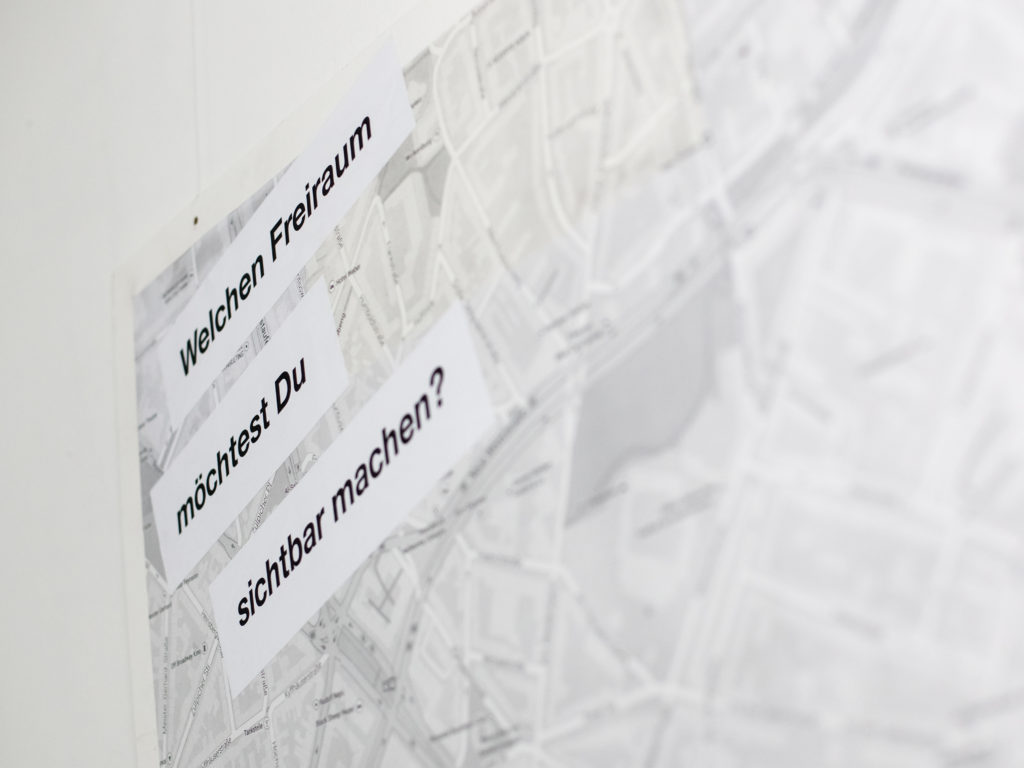On the 27th of November 2014 the Köln International School of Design (KISD) invited to a public symposium “Who Designs the City? Forms of Critical Urban Research and Spatial Practice”. On this day, designers, architects and scientists focussed on the meaning of unplanned structures and informal processes for the development of a city from various interdisciplinary perspectives, as well as discussed the resulting consequences and chances for architecture and design.
Models of an informal urbanism are not only being tested in the cities of the global south, but also in the European city, which take the opposite position to the official city planning. Especially in a technology speeded and digital effected space will the possibility of a new form of urban life be discovered: the recovery of the city through “Urbanism from Below”, through “Guerilla Gardening”, “Urban Gaming” and other models which react against the global challenges and city deficits. Some of these phenomenon and activities are moving closer to the official city planning. In most cities, the potential of civil society informal actions, are acknowledged as a permanent process of production in urban spaces and supported as a new form of bottom-up design.
What can these disciplines, which have always concentrated on the design of urban environment, learn from these new forms of city attainment and city use? What chances result from the imagination and development of a city, when design and architecture are no longer the outcome of a controlled, formalized and solely market oriented planning, but rather a communicative and spatial development which allow conflicts to become productive? When design initiates discussions concerning, in what society would we like to live in, what priorities does this society have, in which spaces would they like to meet, what does “private” and “public” mean to them and how could these spaces look like?
Researcher from the field cultural and social science as well as design and architecture, discussed how design can become an experiment field for the development of a city that can be interpreted diversely and is open for various program. Furthermore, they discuss how design and architecture can be understood and established as a critical city development and spatial practice.
Conception and organization:
Prof. Dr. Carolin Höfler and Prof. Andreas Wrede
in cooperation with Jan Buckenmayer
Media
Meine Südstadt
Urbanophil. Netzwerk für urbane Kultur
Program
| from 08:30 | Registration |
| 09:30 | Welcome and introduction: Carolin Höfler und Andreas Wrede (KISD) Words of welcome: Sylvia Heuchemer (Vice-president, FH Köln) |
| 09:45 | Stephan Willinger (Federal Institute for Research on Building, Urban Affairs and Spatial Development (BBSR), Bonn): Informal Urbanism. A different perspective on urban development |
| 10:30 | Christopher Schroeer-Heiermann (Faculty for Architecture, FH Köln): Reconstruction planning after hurricane Katrina |
| 11:15 | Coffee break |
| 11:30 | Boris Sieverts (Office for City Trips, Köln): The Wonder of La Cayolle |
| 12:15 | Alexander Follmann (Geography Institute, University Köln): The community garden Kölner NeuLand as an urban common land and its (possible) contribution for the urban development |
| 13:00 | lunch break |
| 14:00 | Andrea Hofmann (raumlabor, Berlin): Acting in public |
| 14:45 | Sebastian Bührig (Urban Design, HafenCity University Hamburg) Listening with eyes wide open |
| 15:30 | Coffee break |
| 15:45 | Oliver Märker (Zebralog, Berlin/Bonn): Electronic Participation – Citizens as Consultant? |
| 16:30 | Anna Wildhack und Johannes Bouchain (The Next Network, Hamburg): Making City Together – from citizens’ ideas to citizens’ projects |
| 17:15 | End |
Details
Date 27. November 2014
Time 8:30 am - 5:15 pm
Finished
